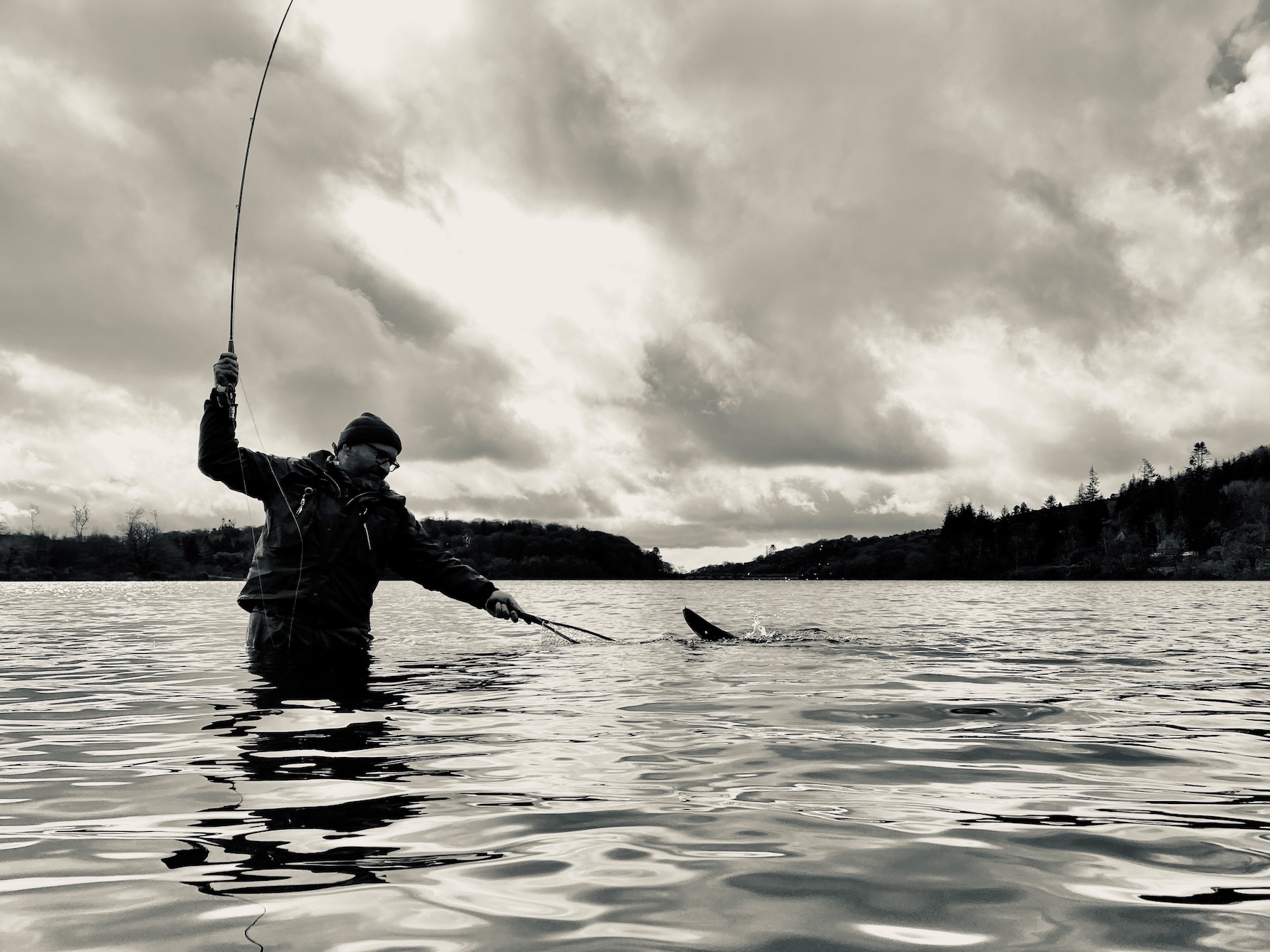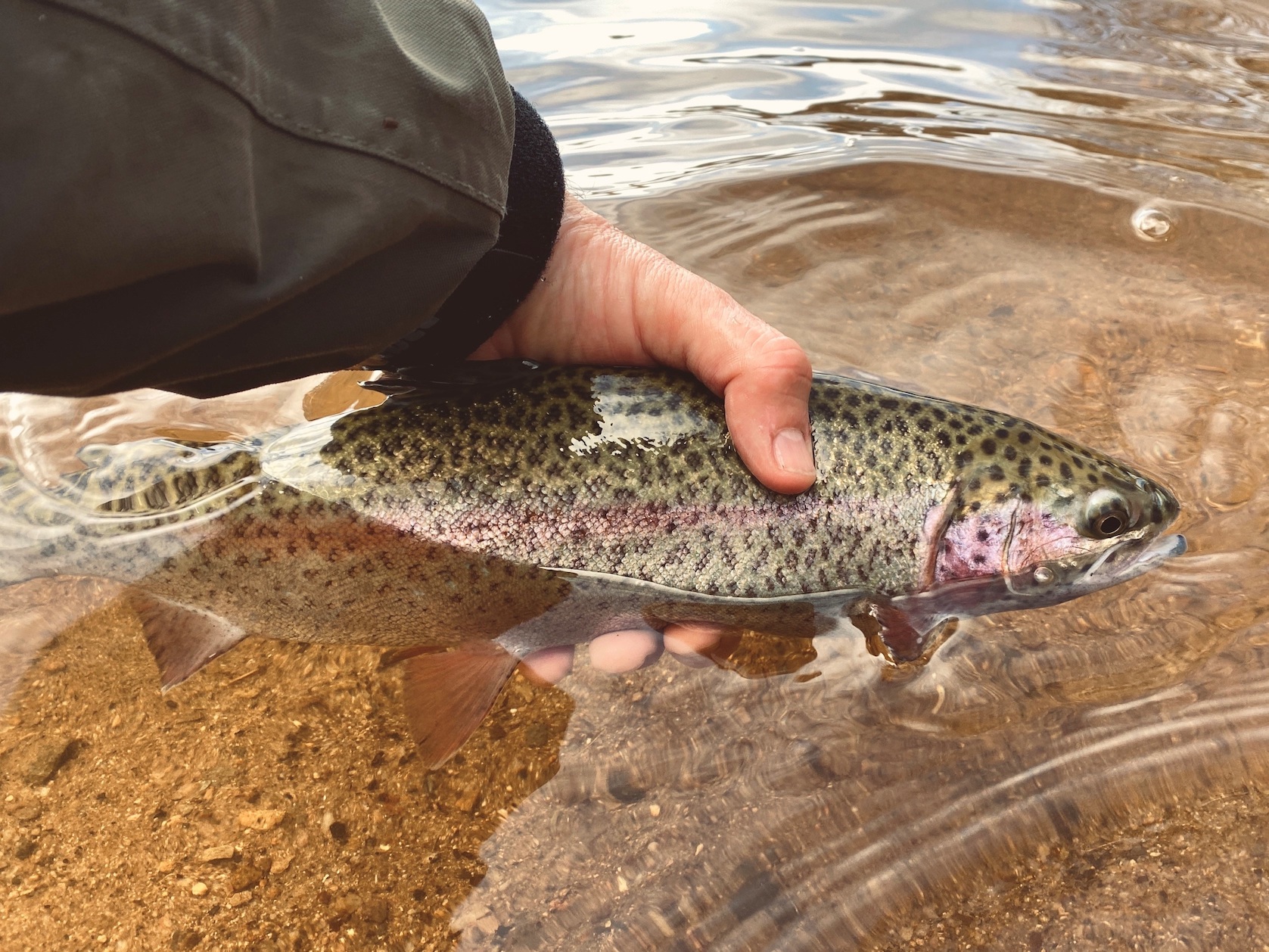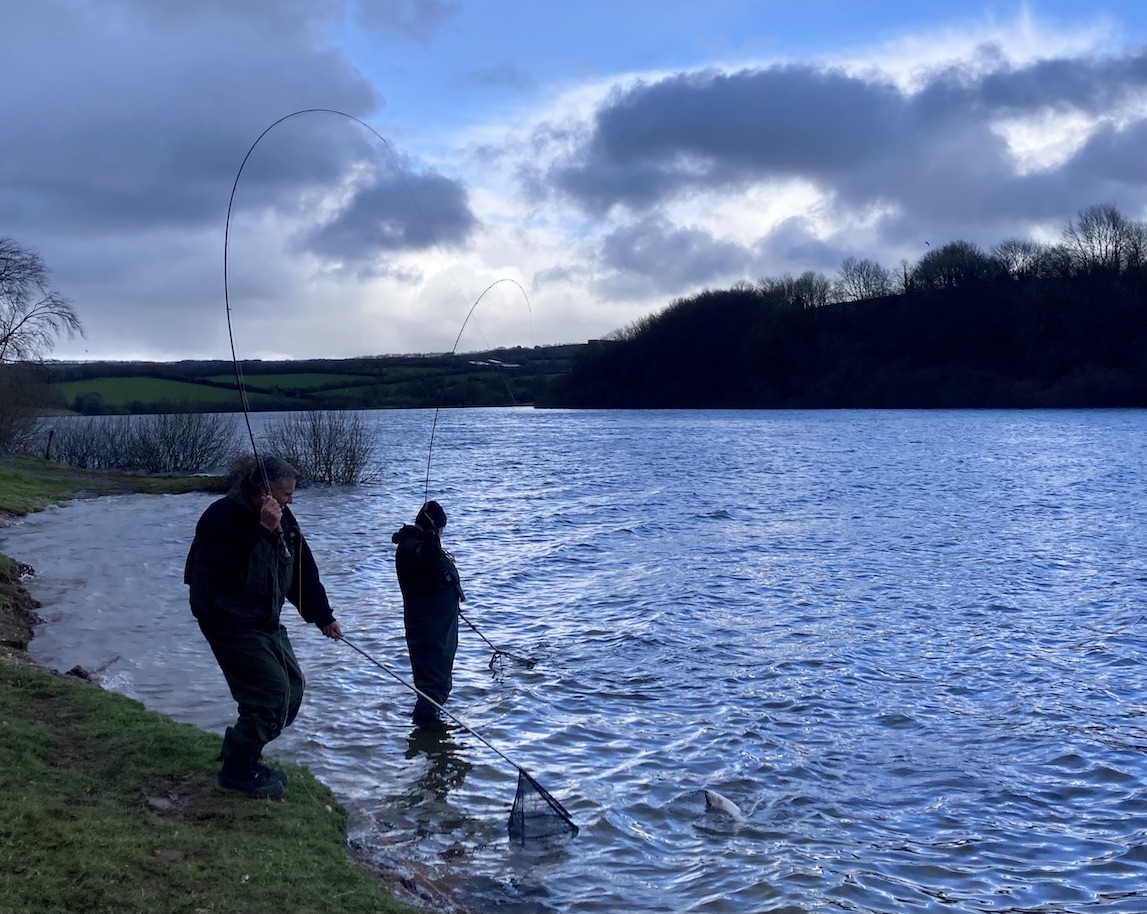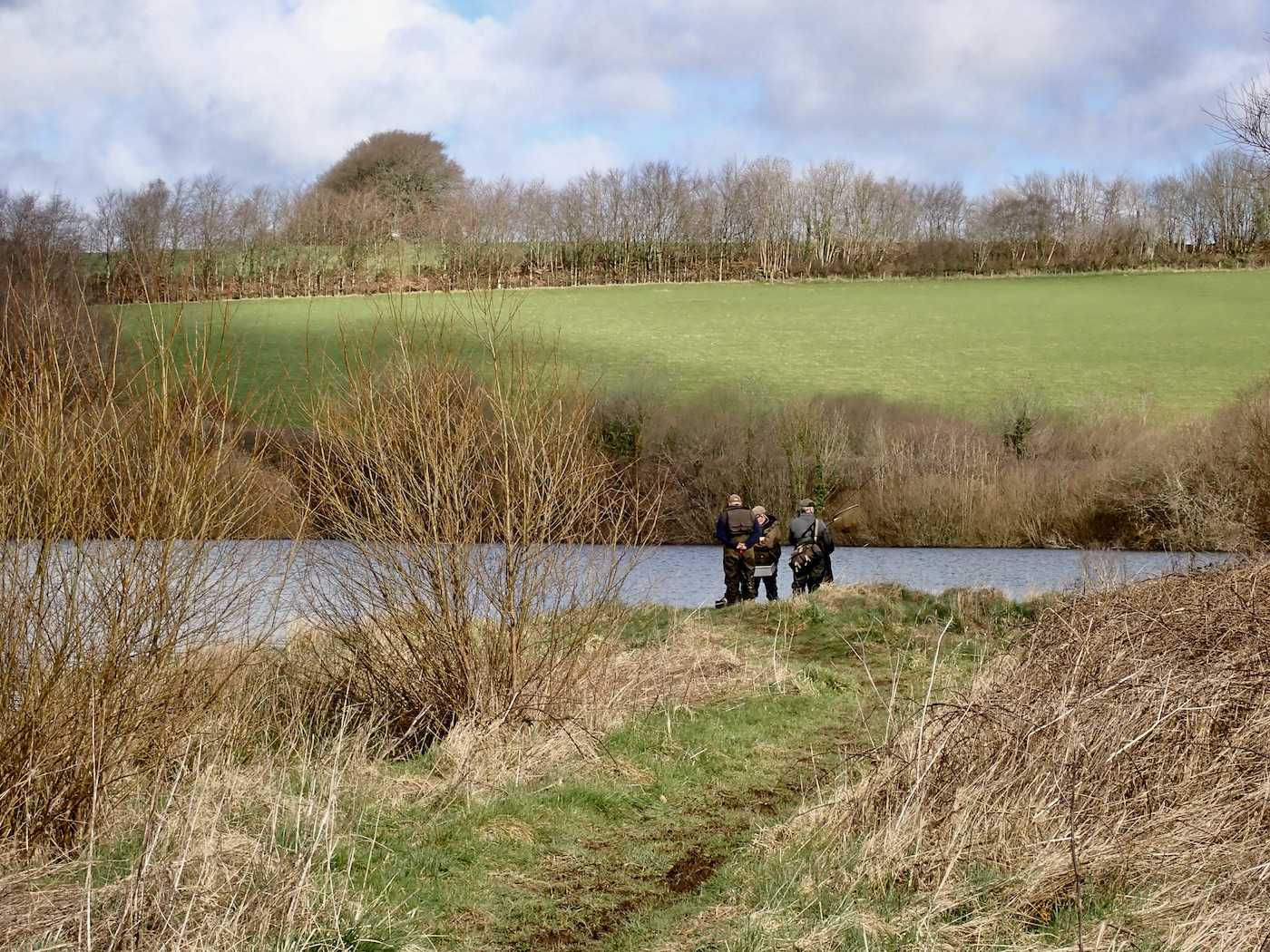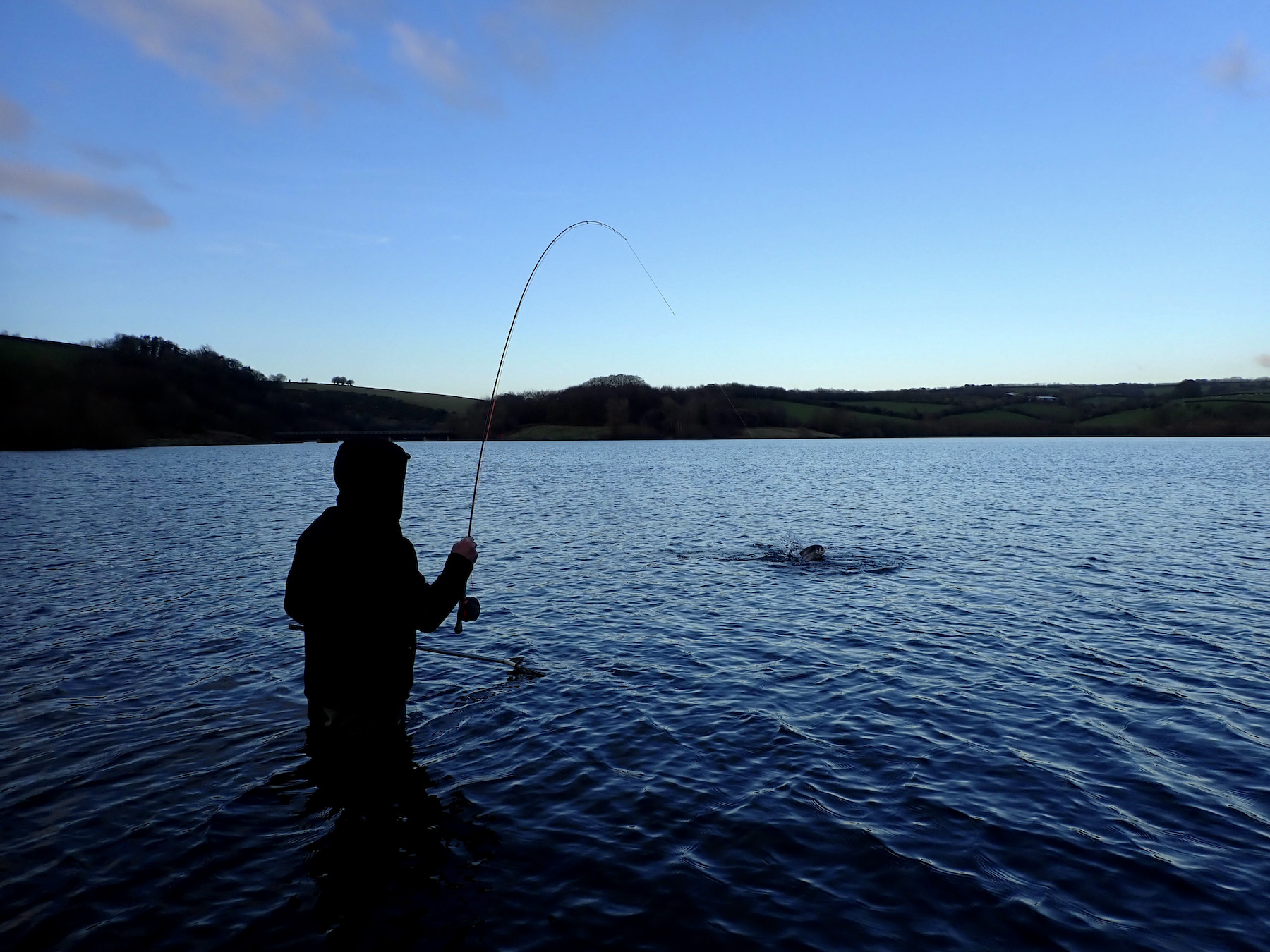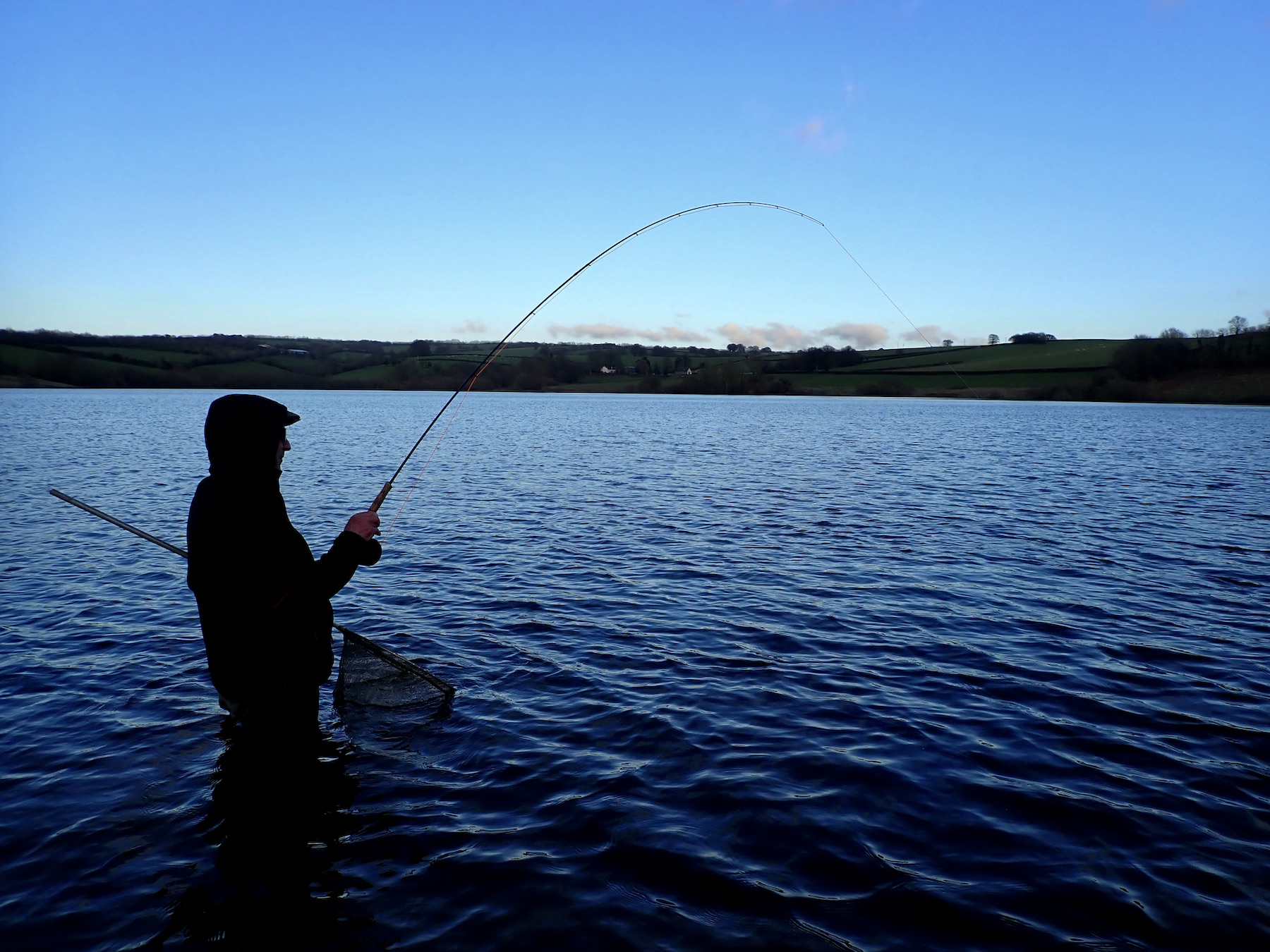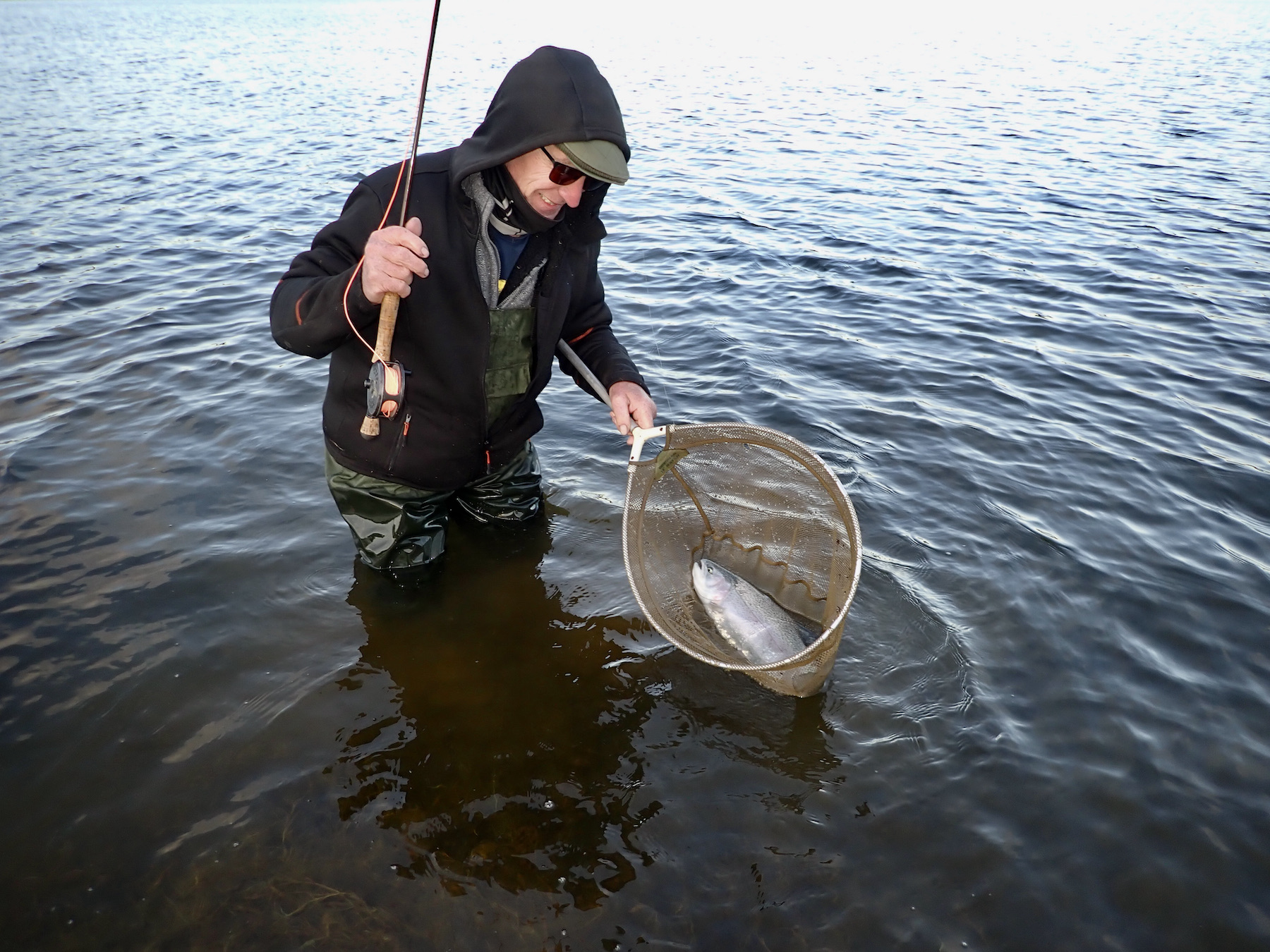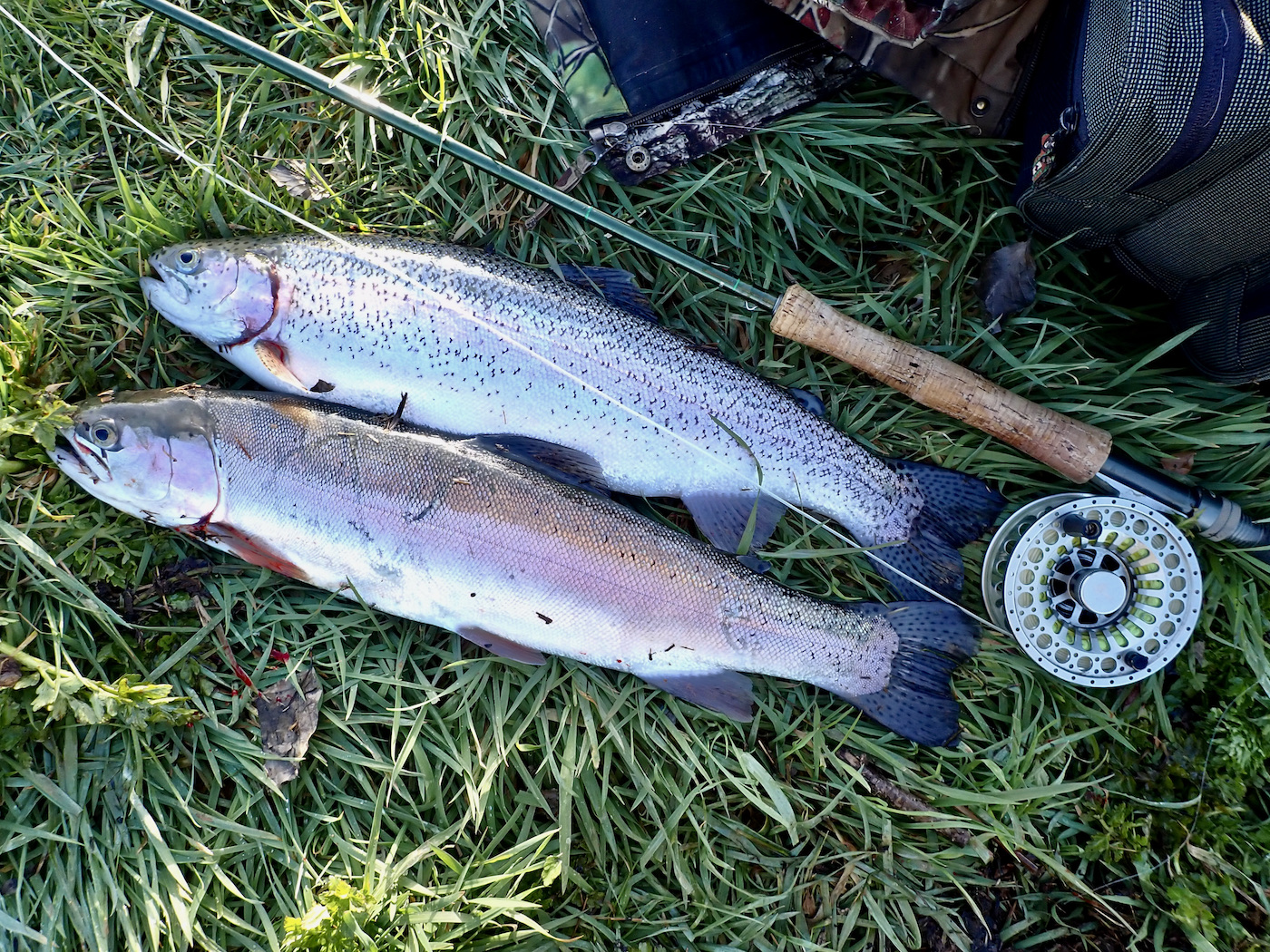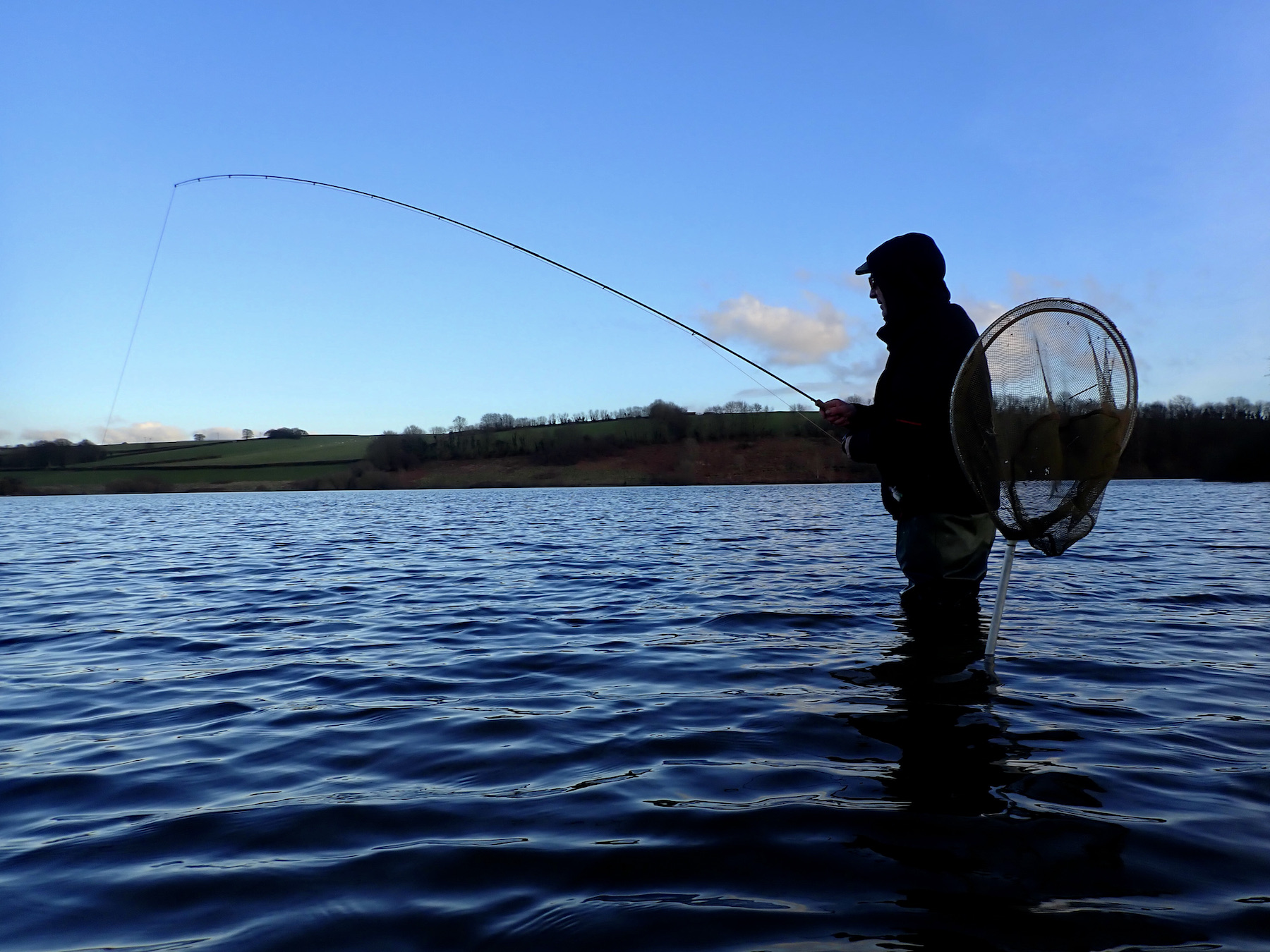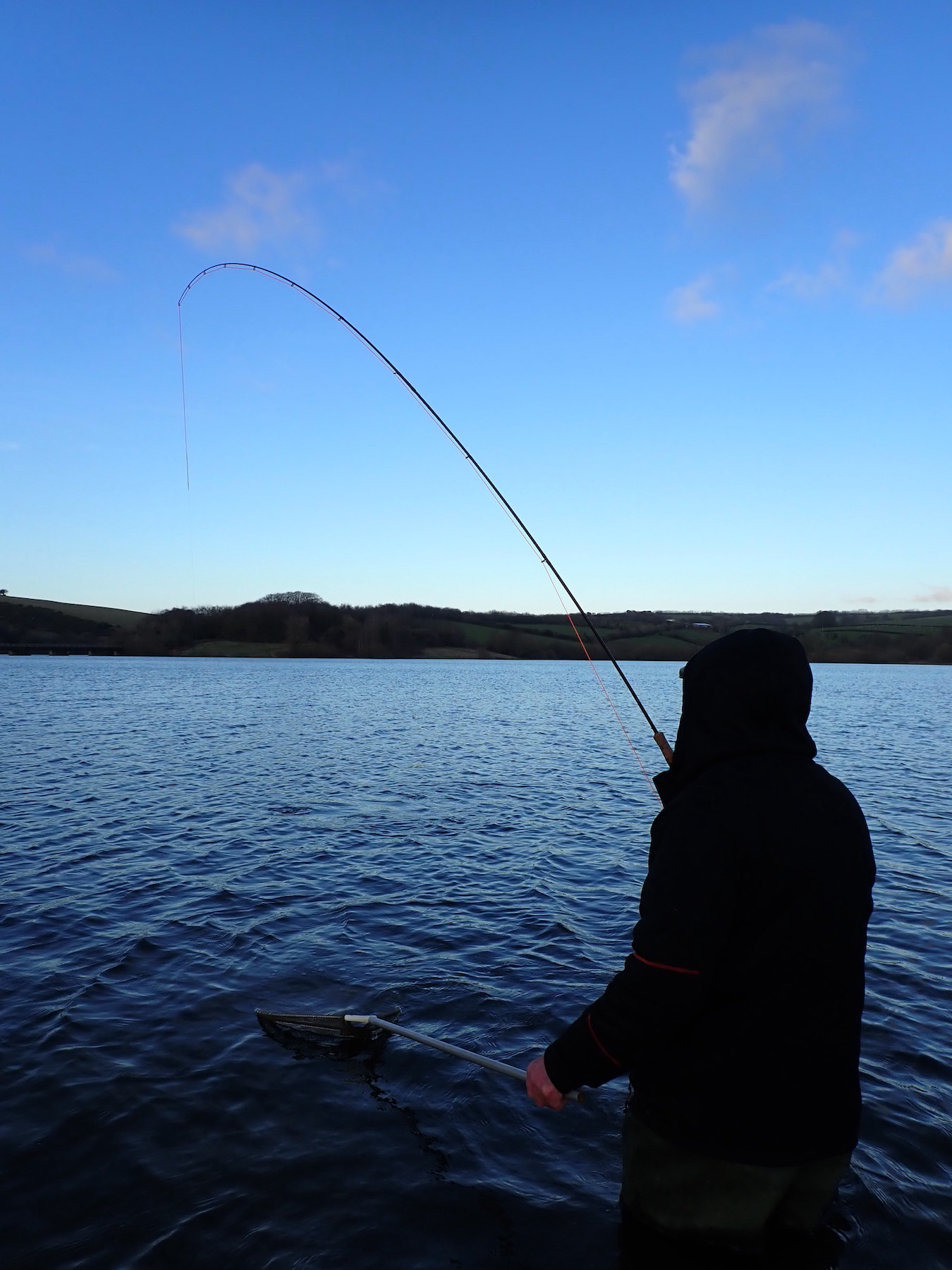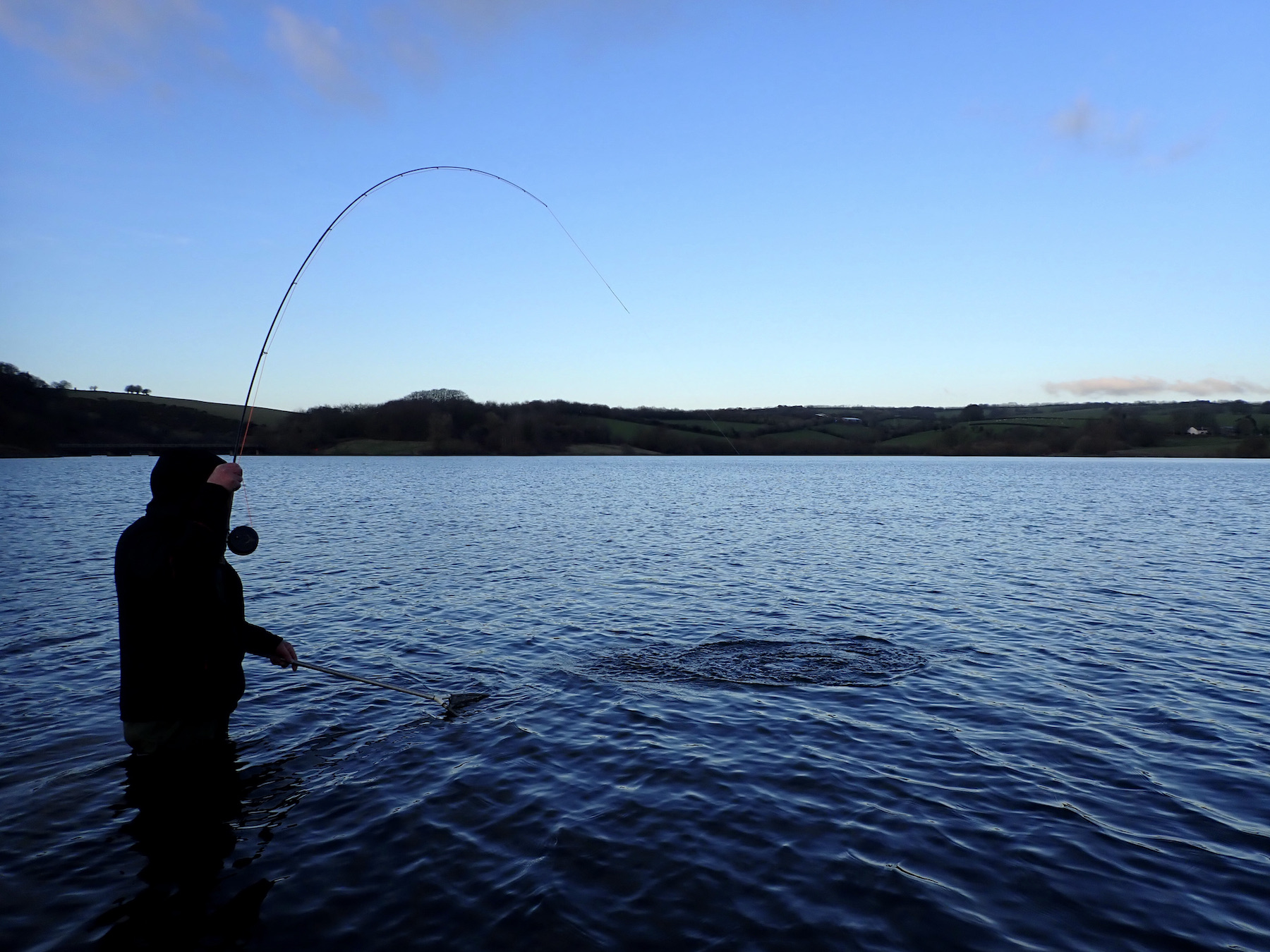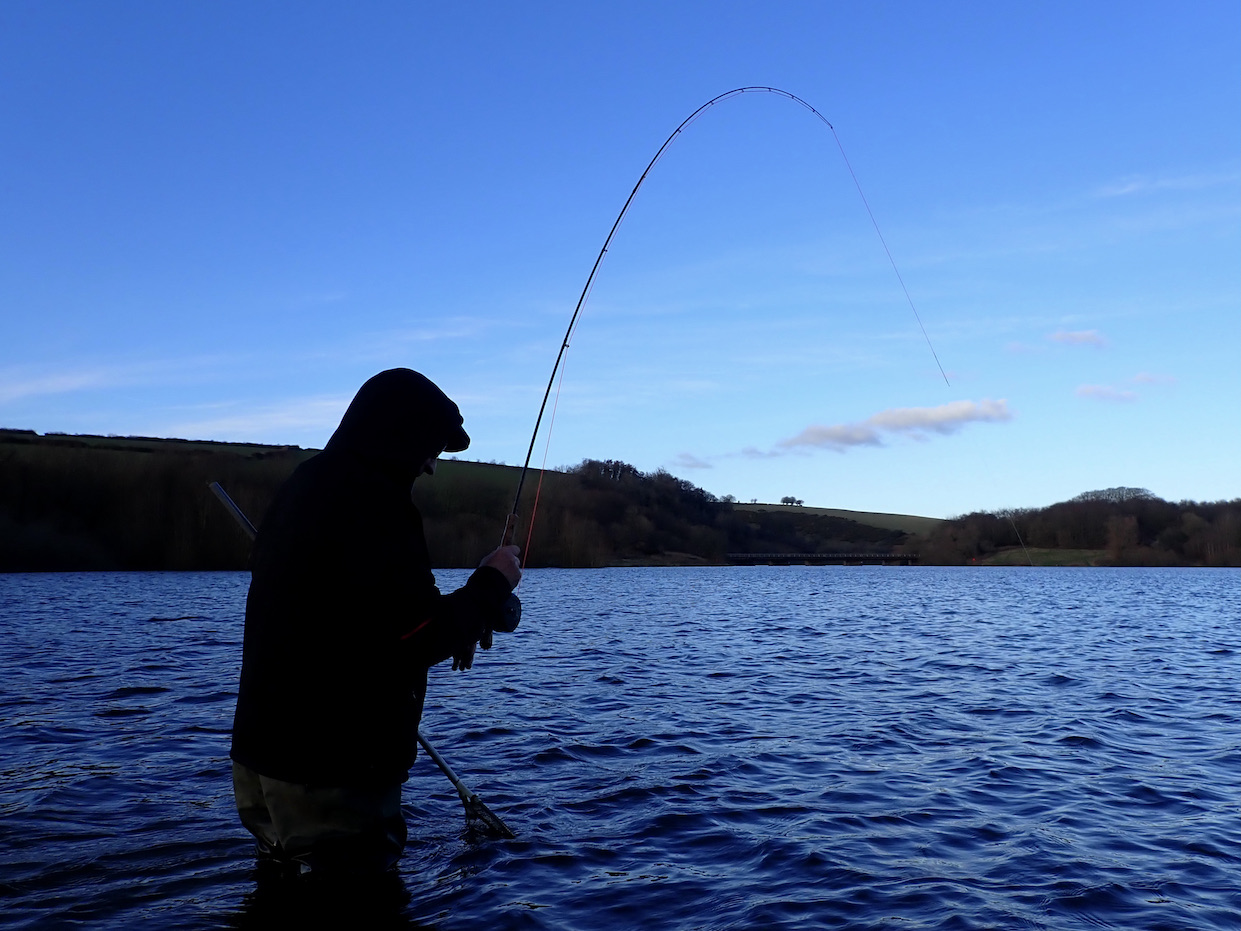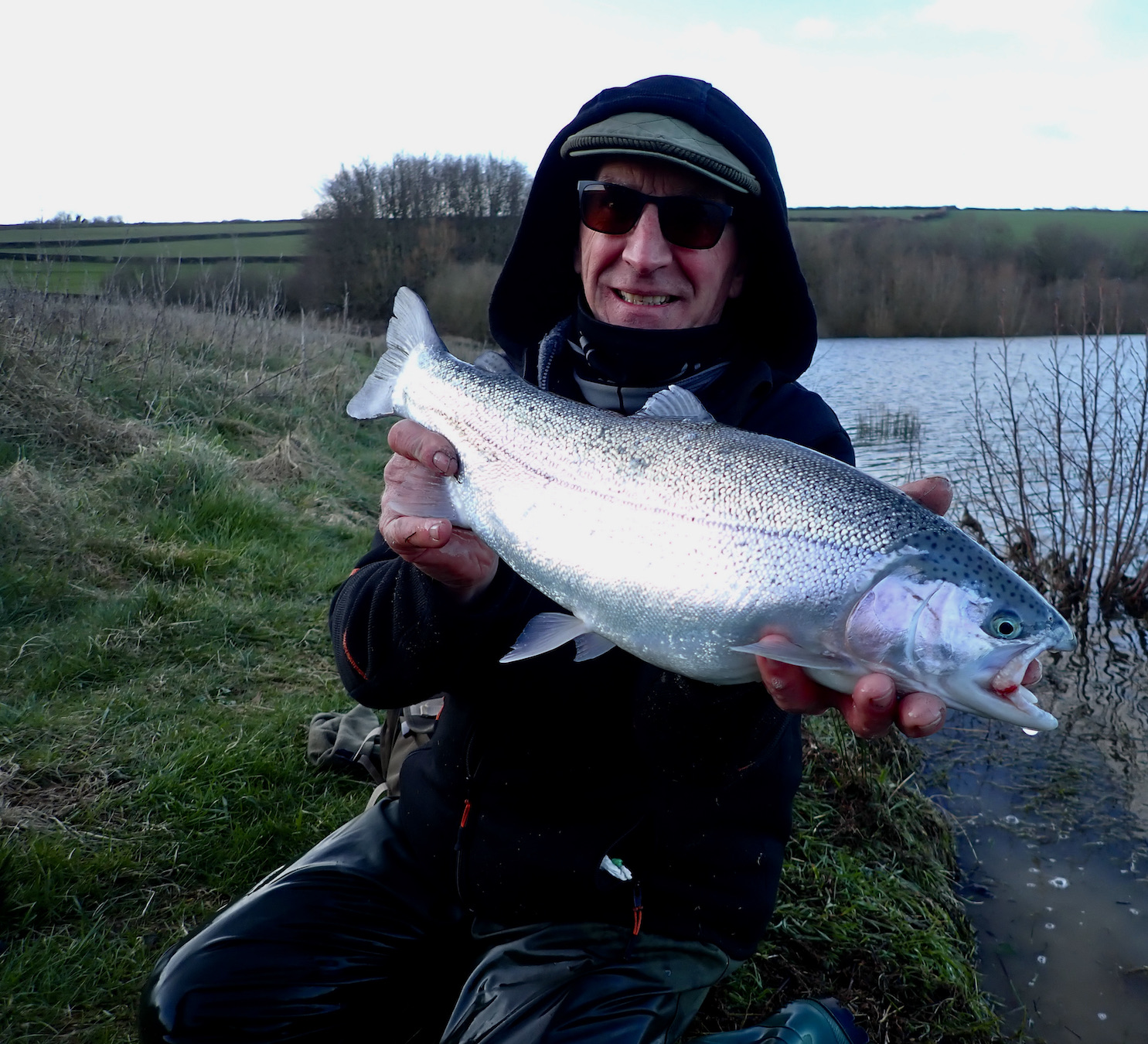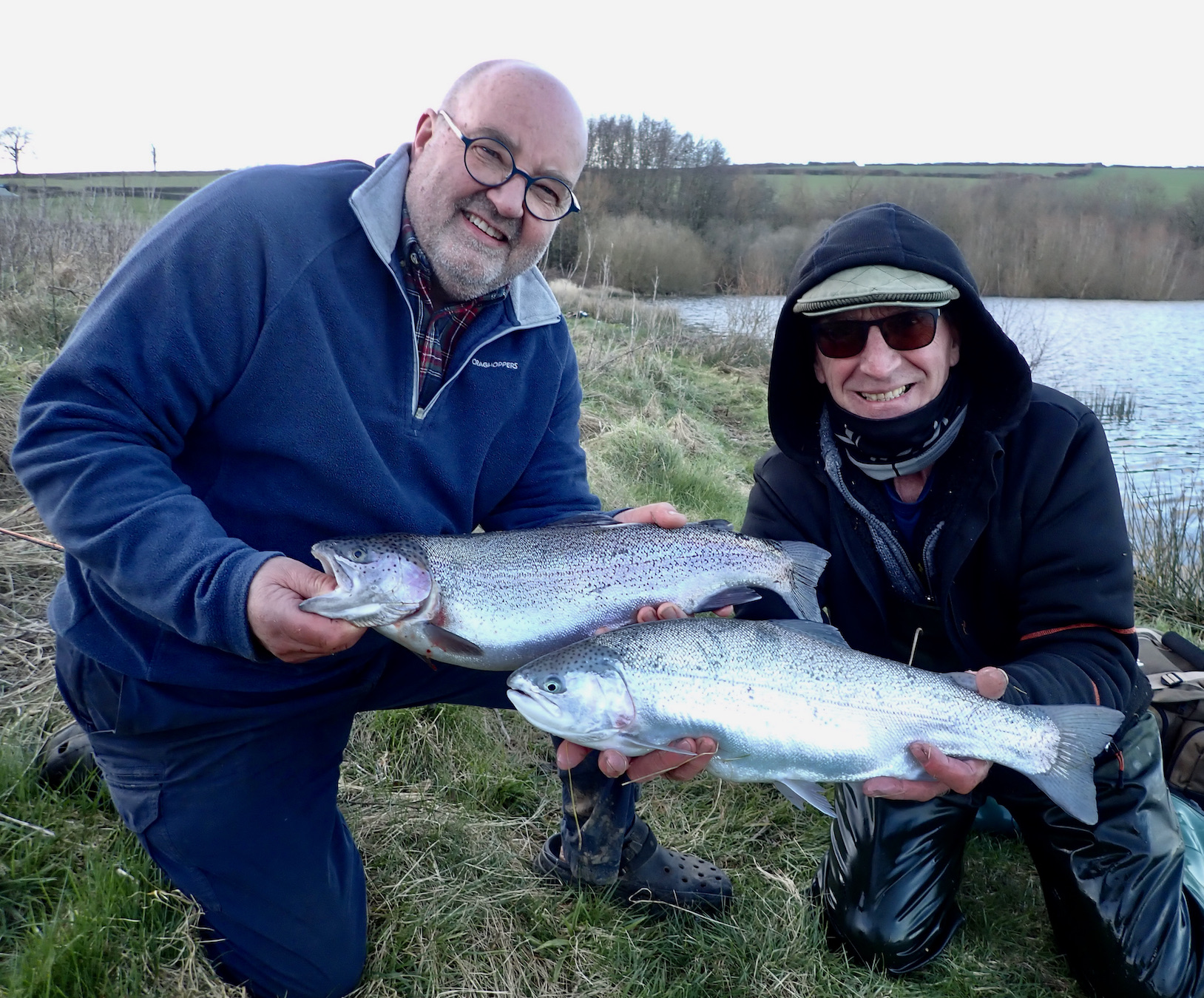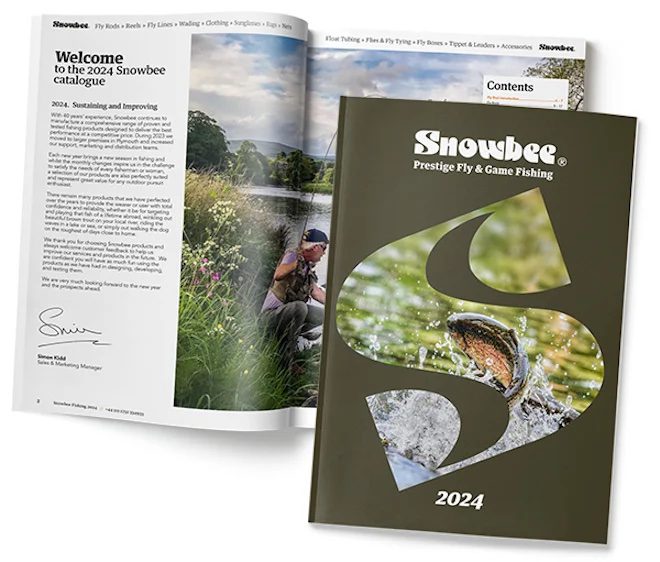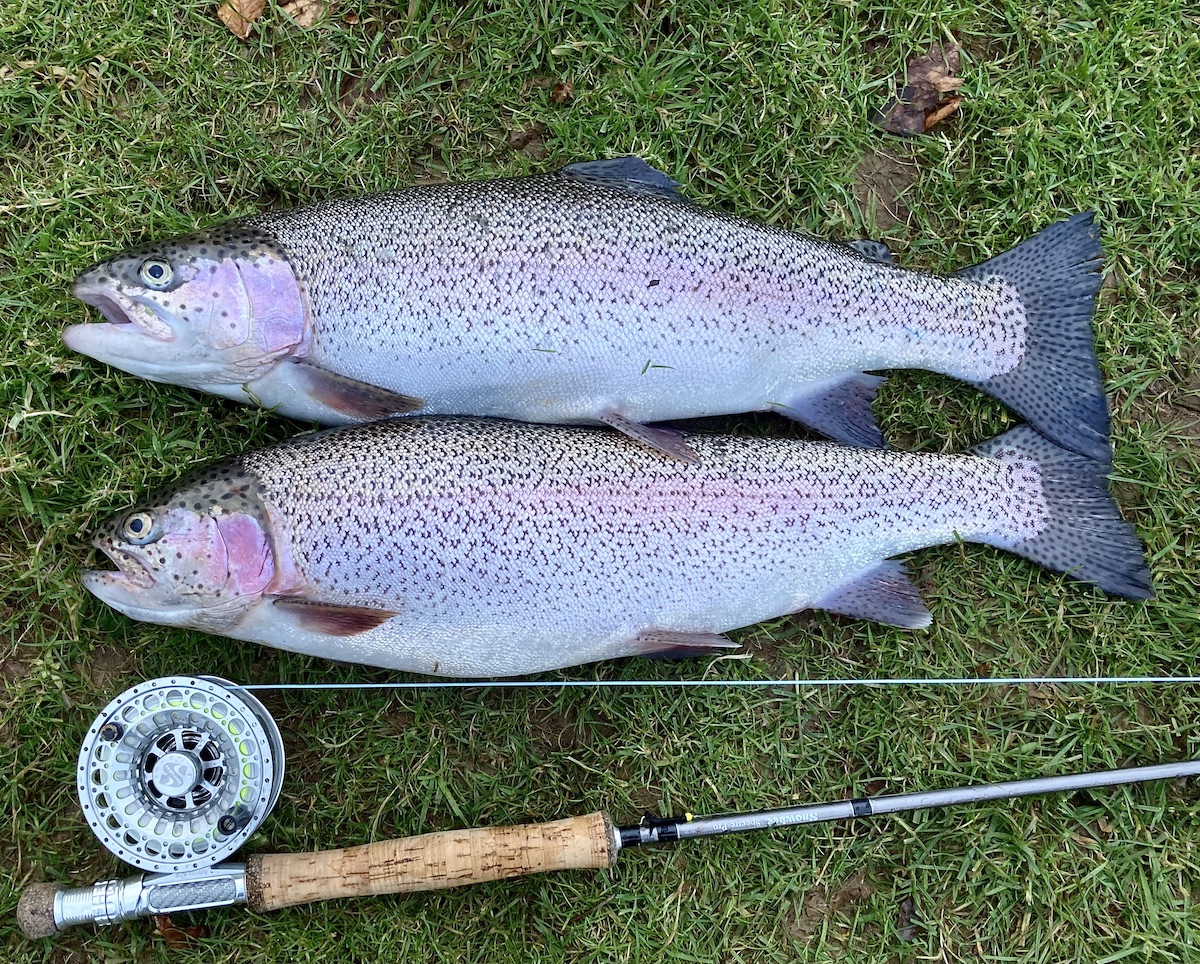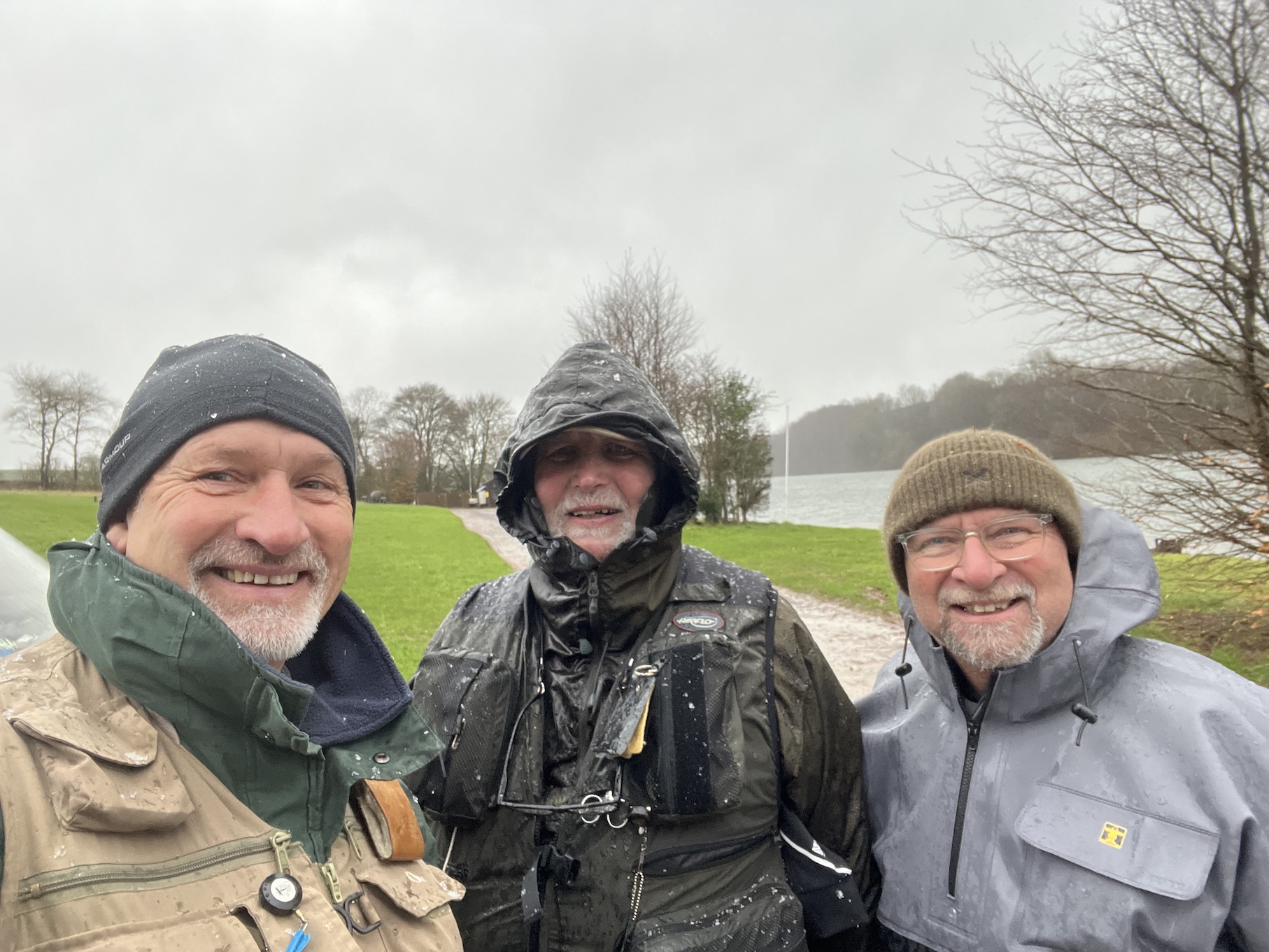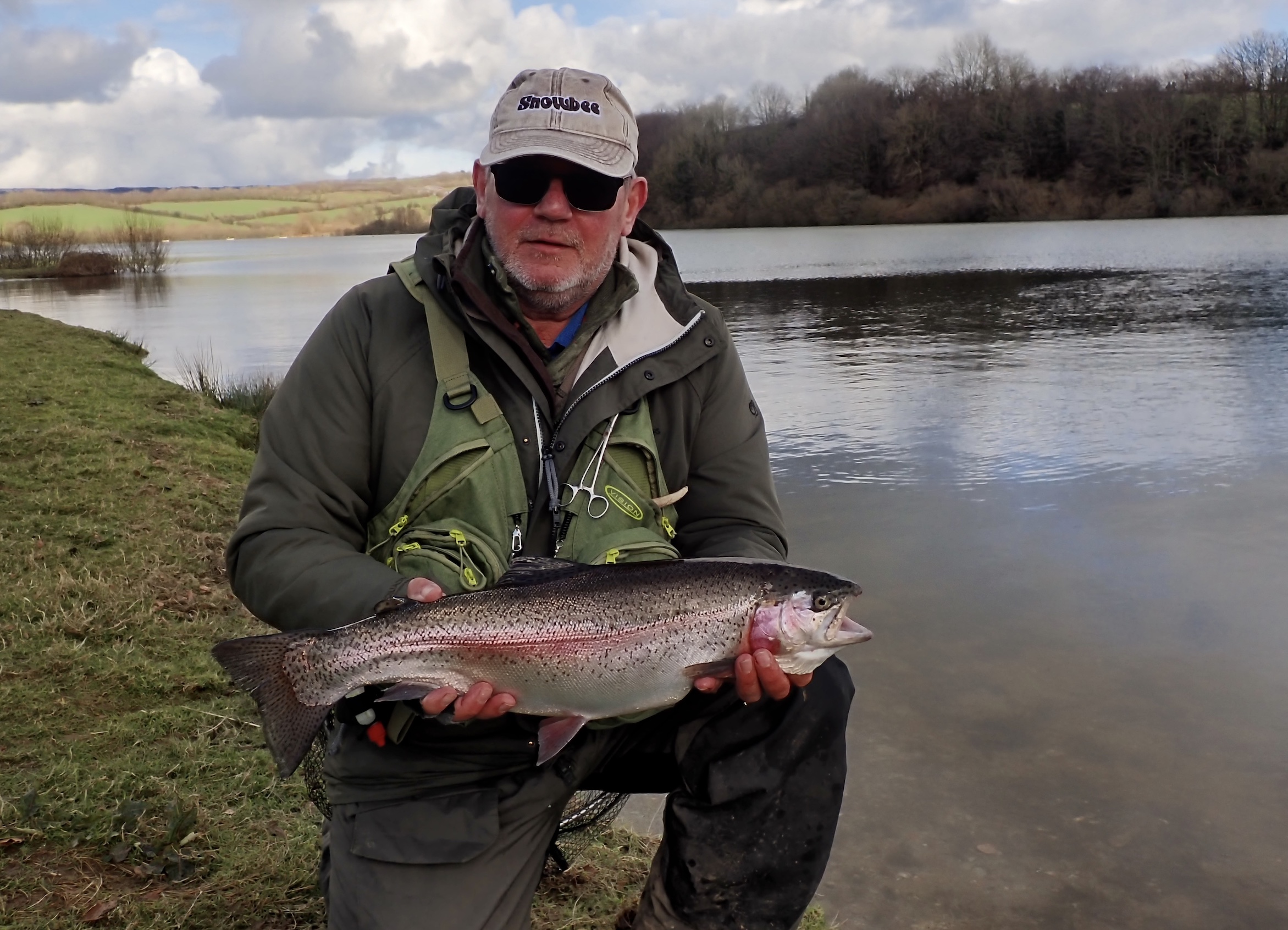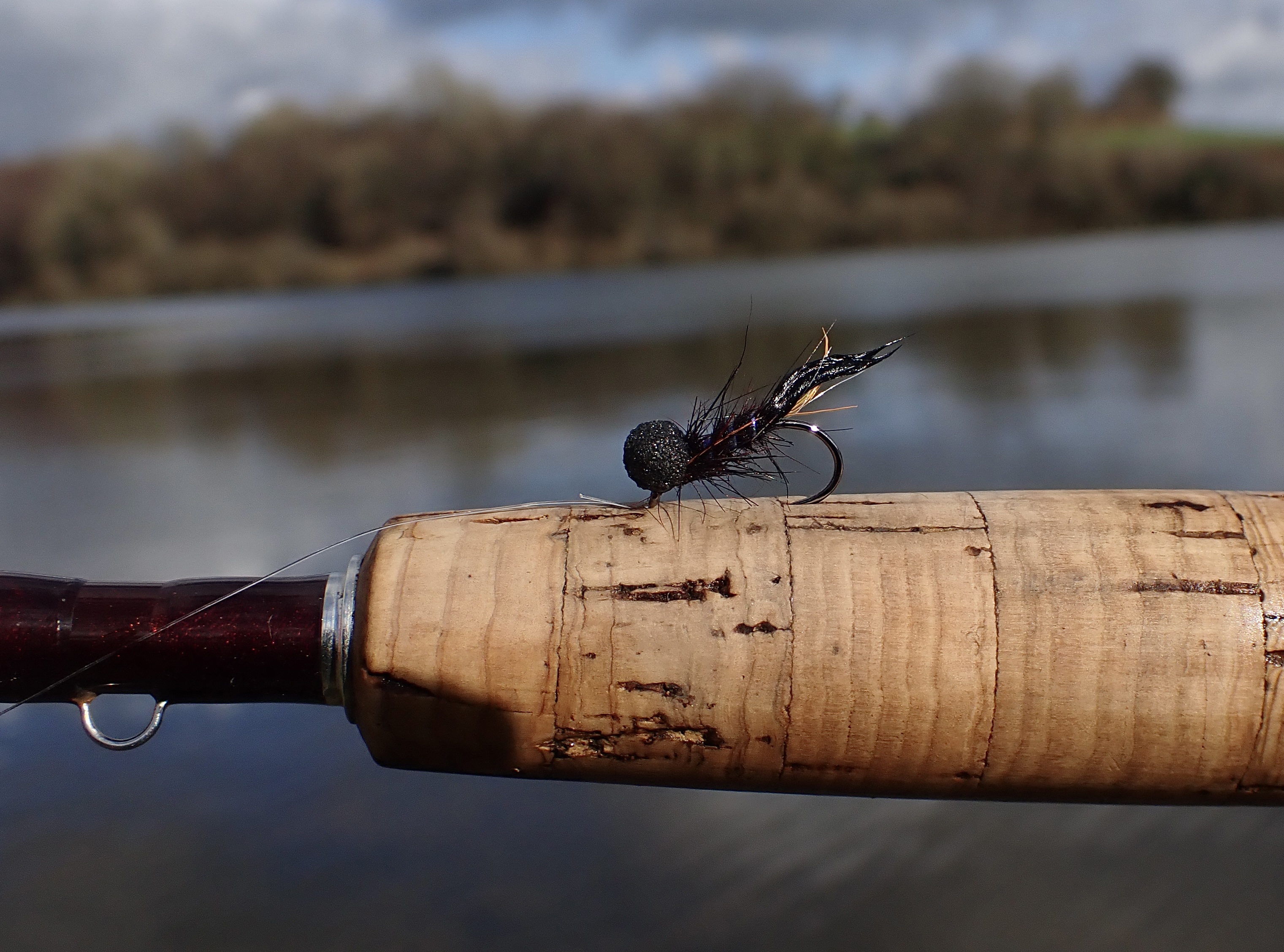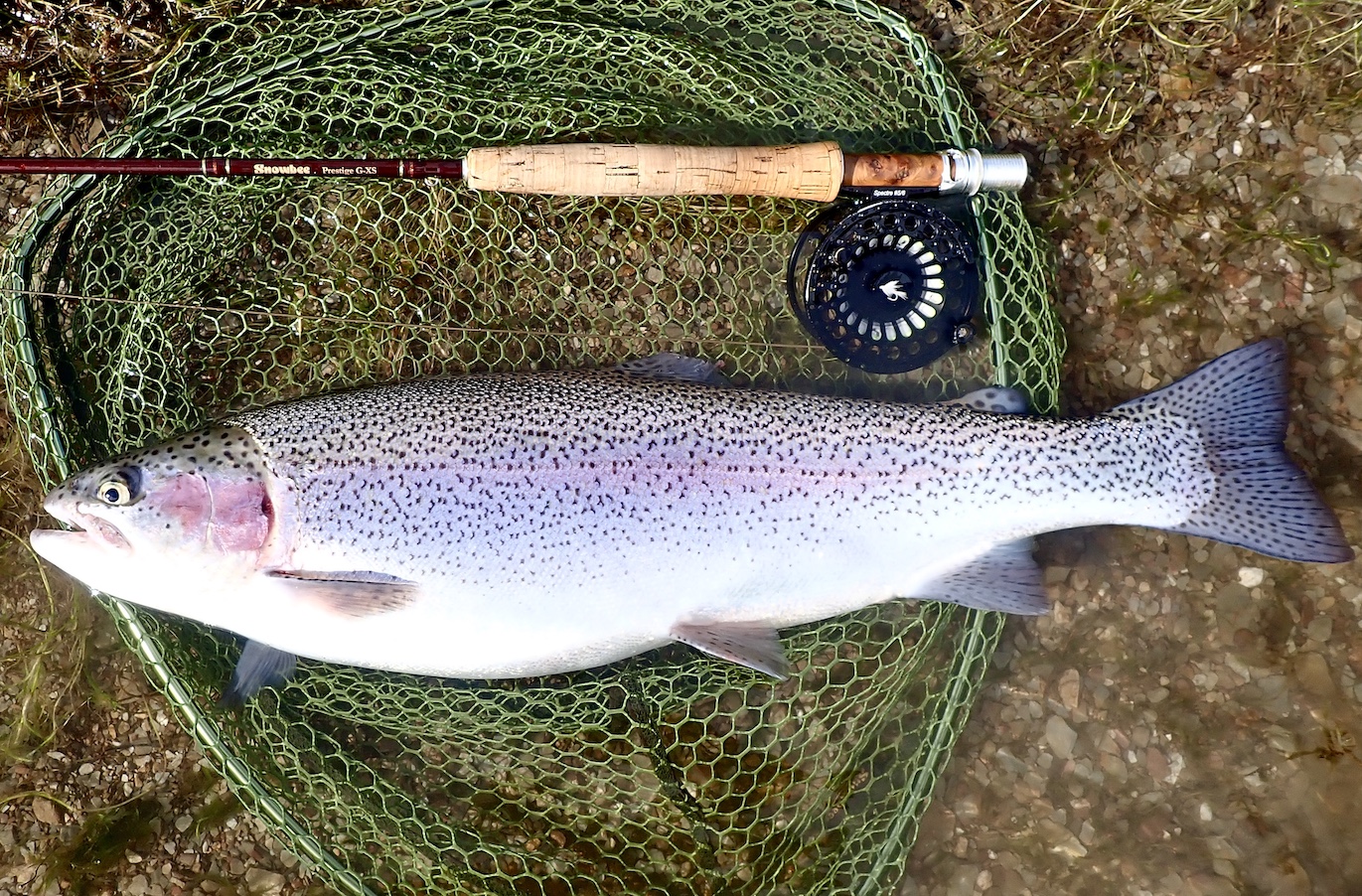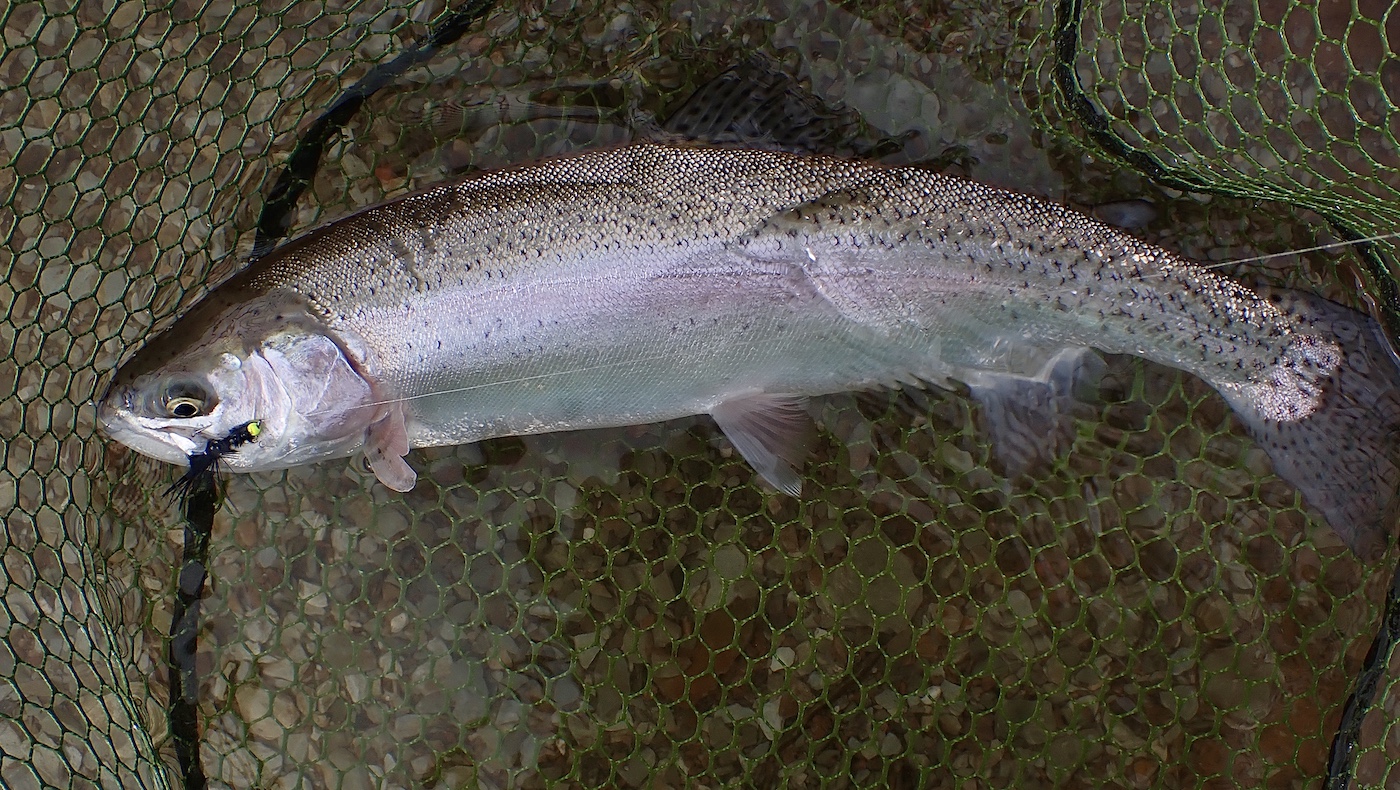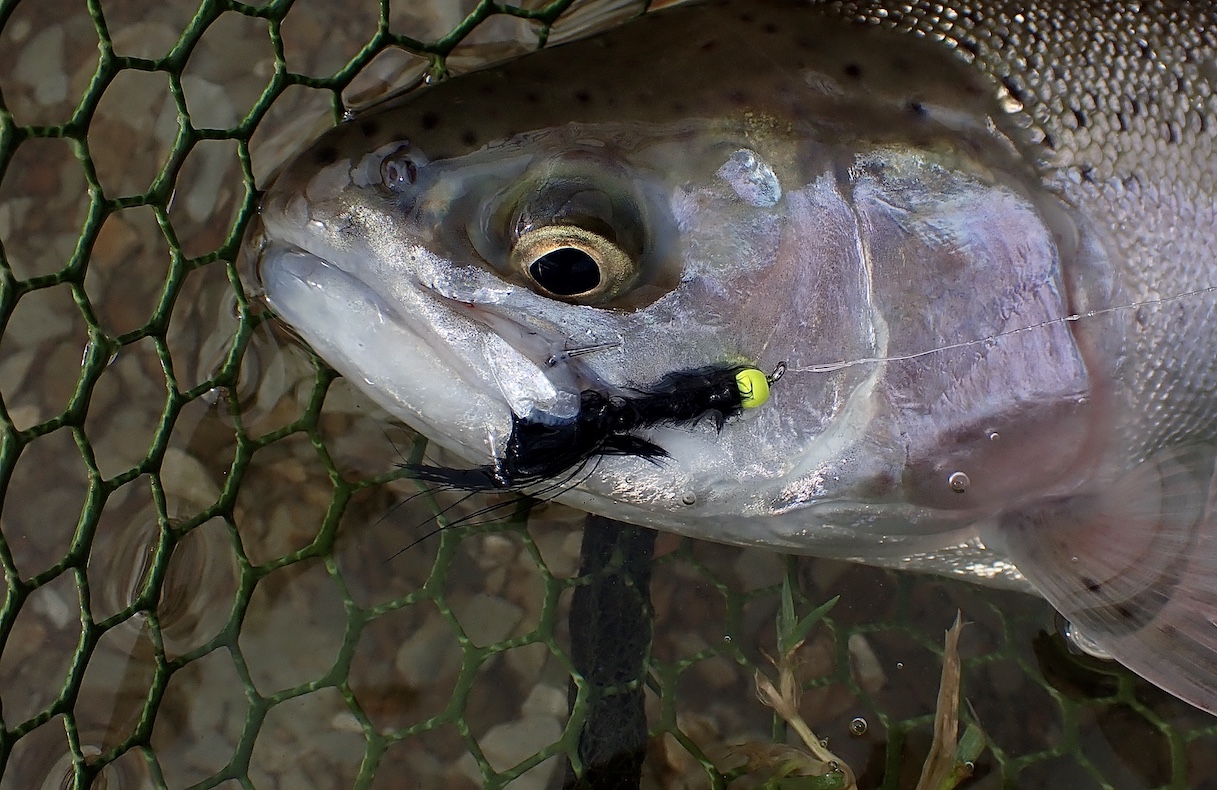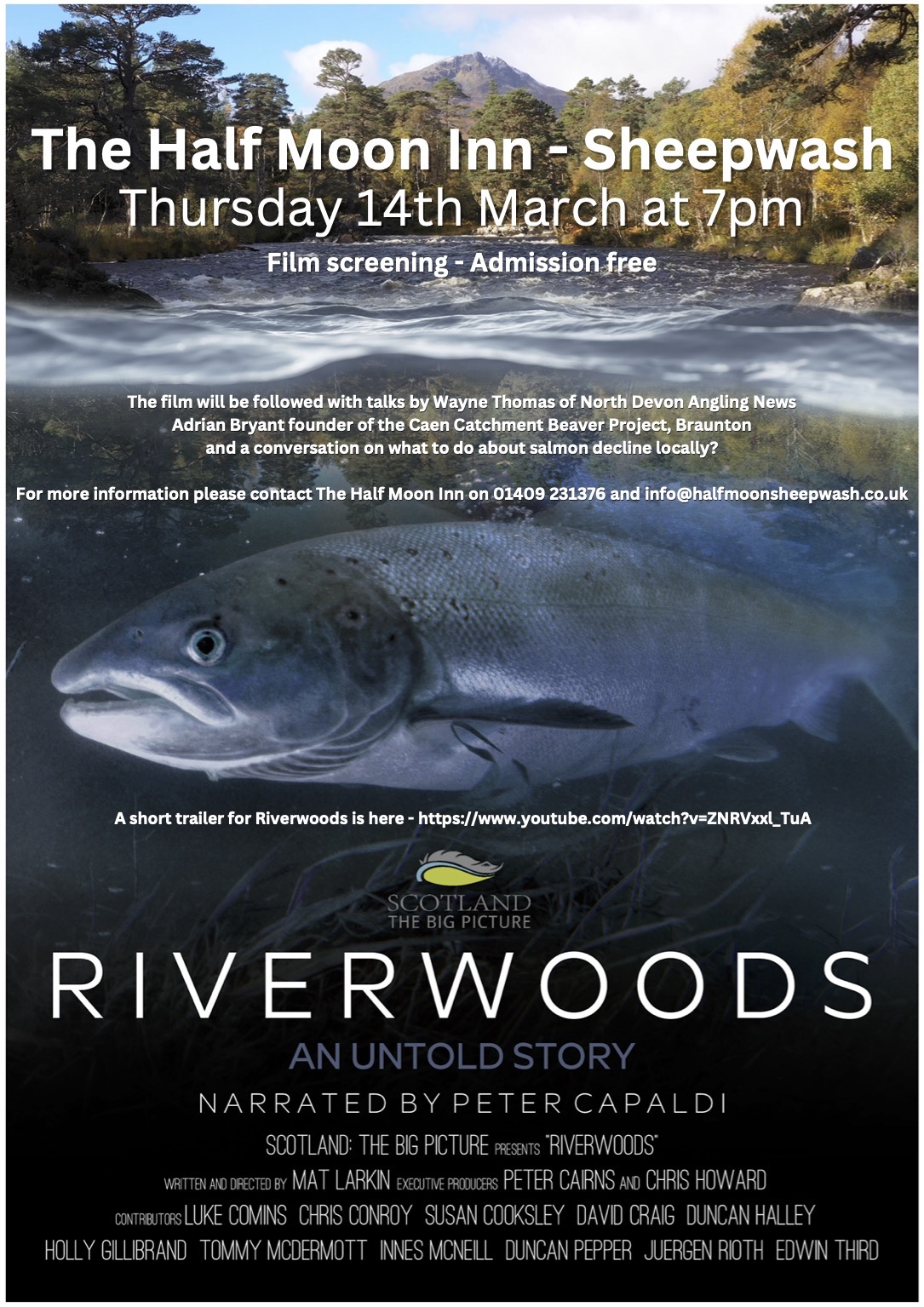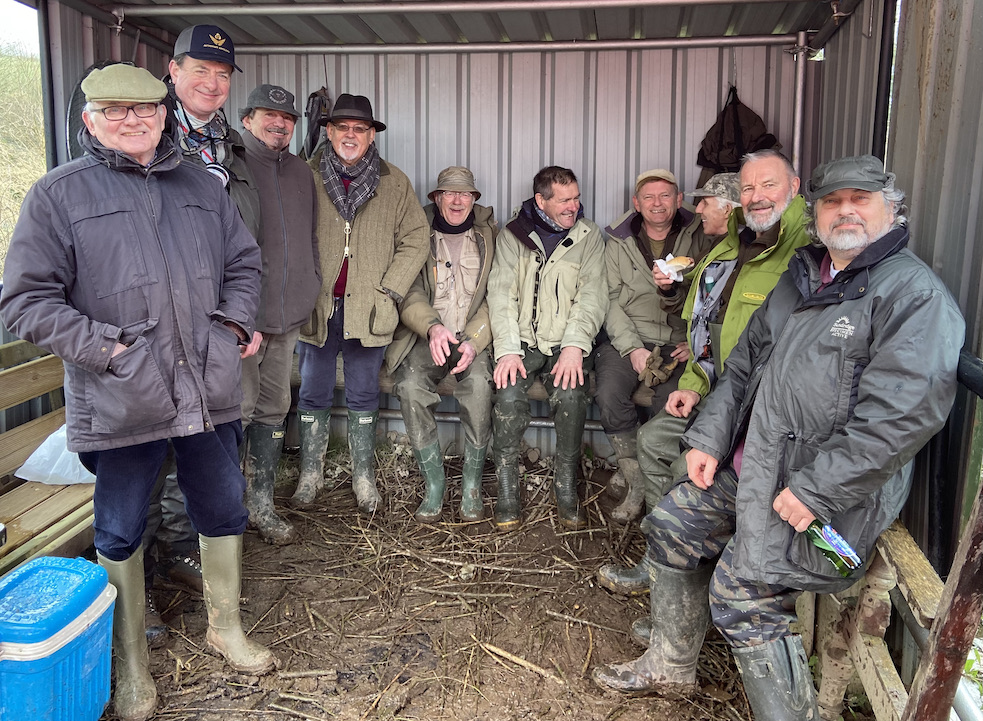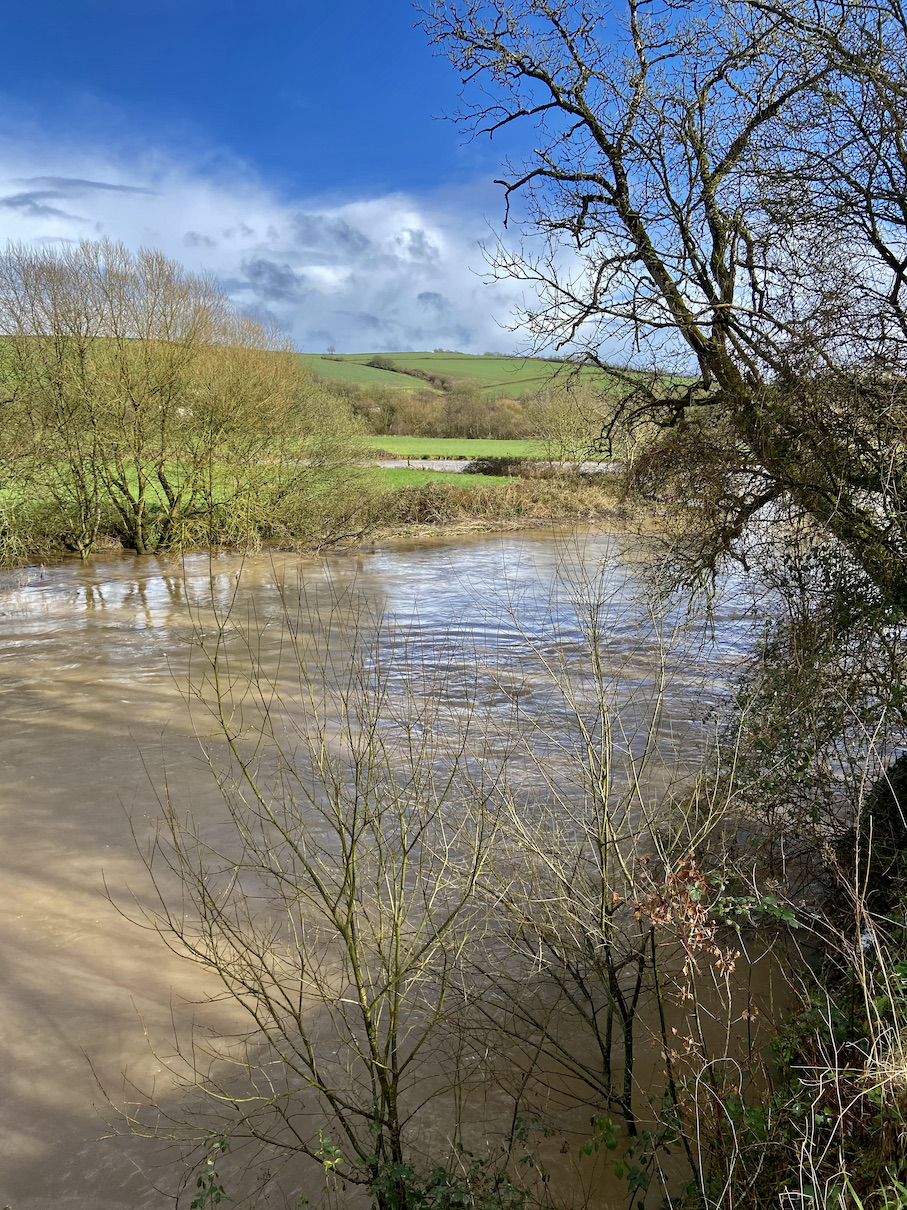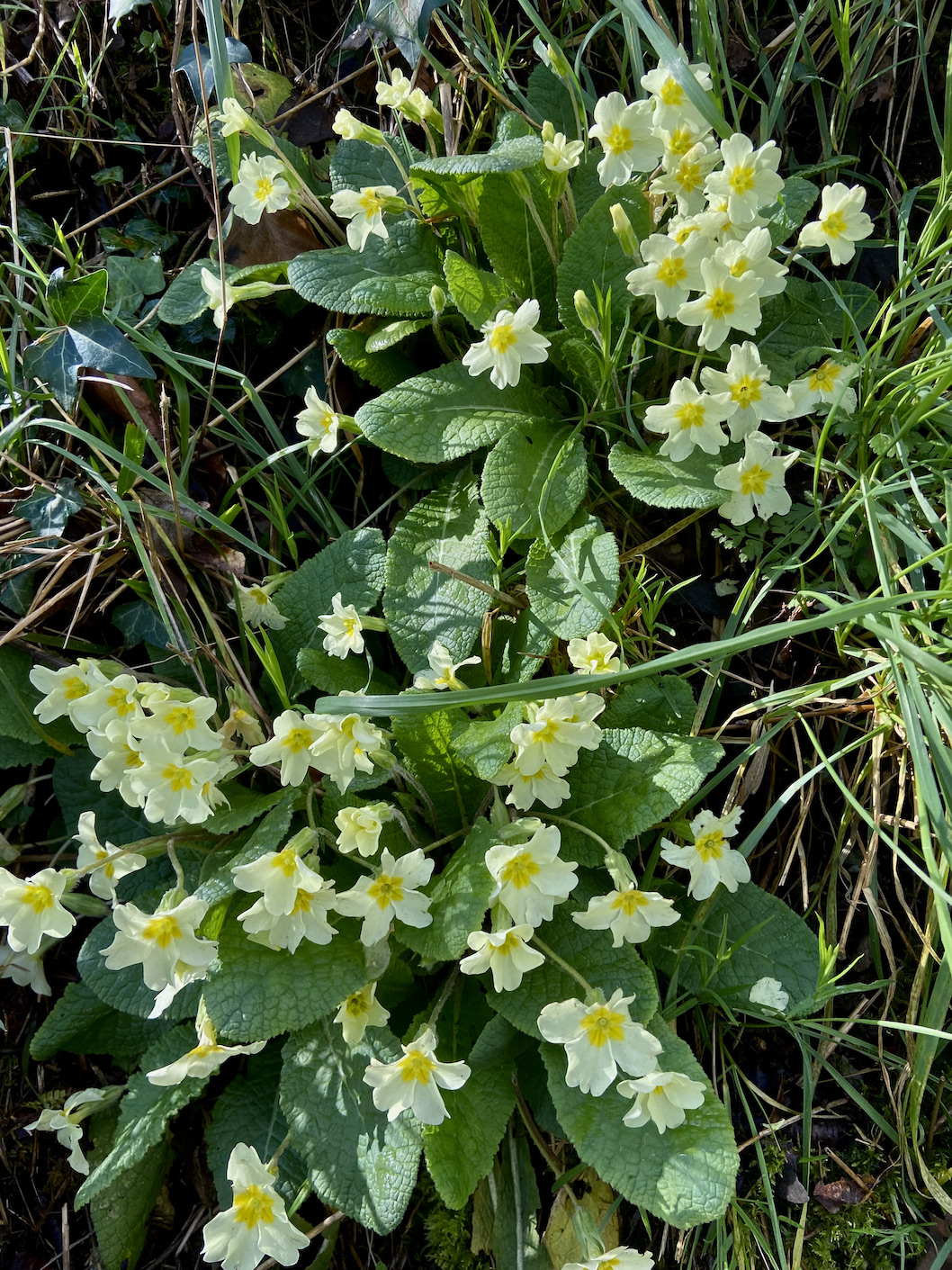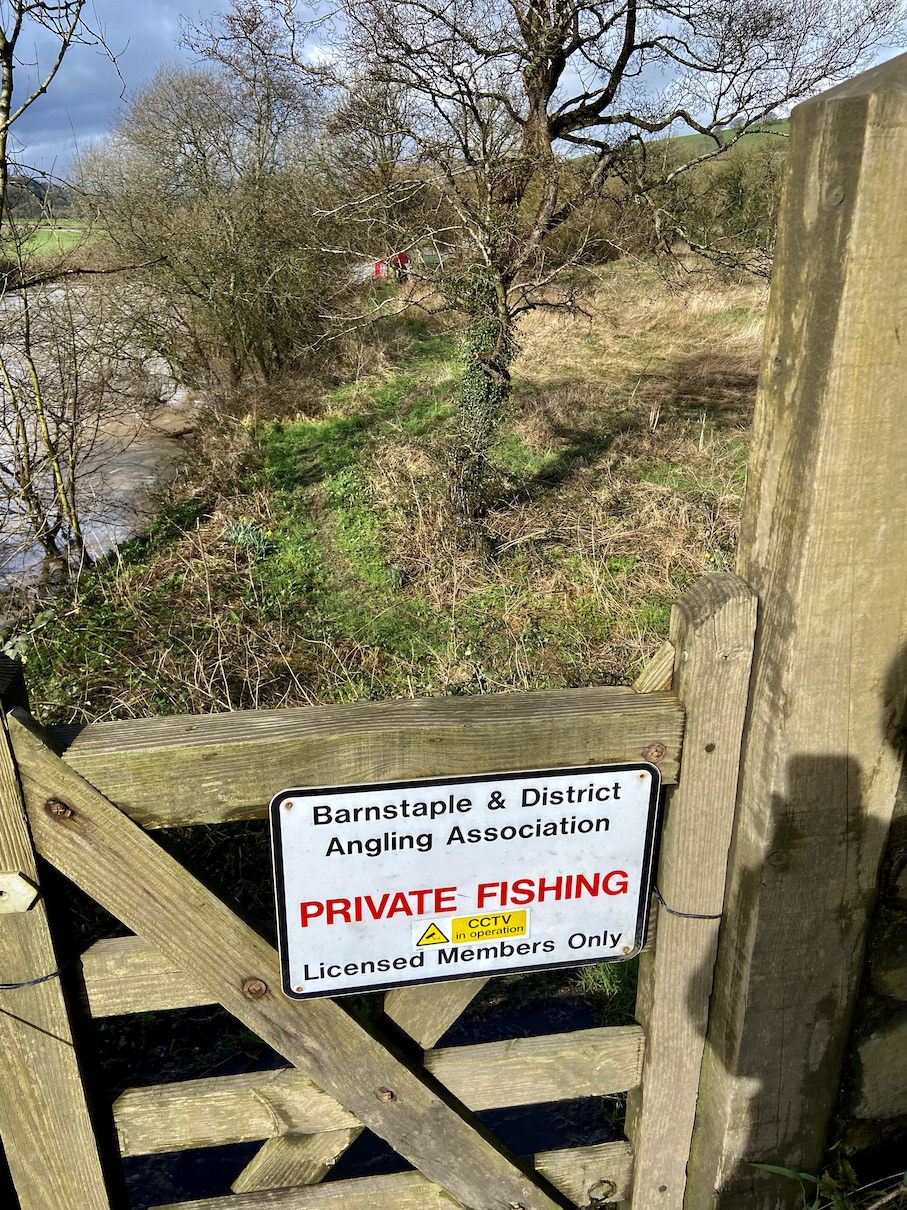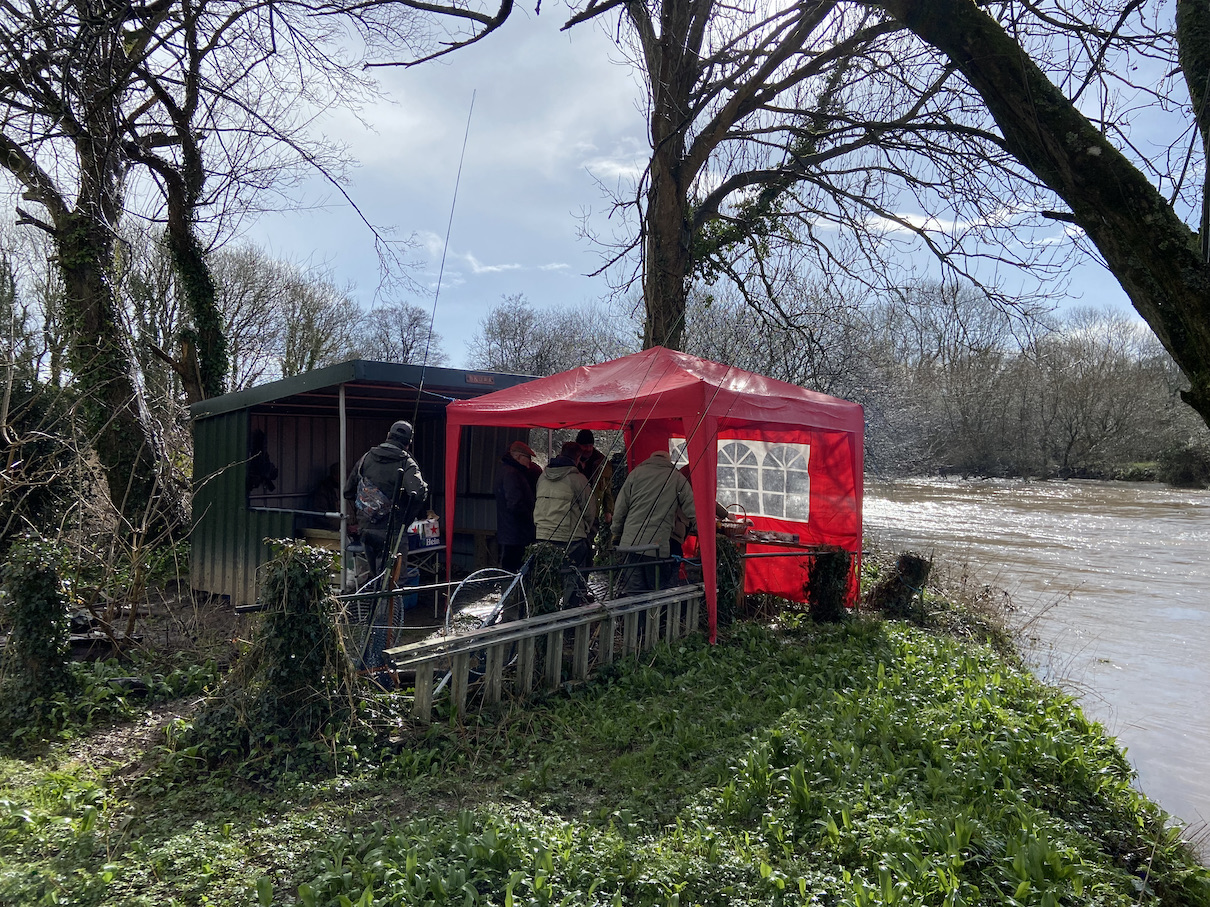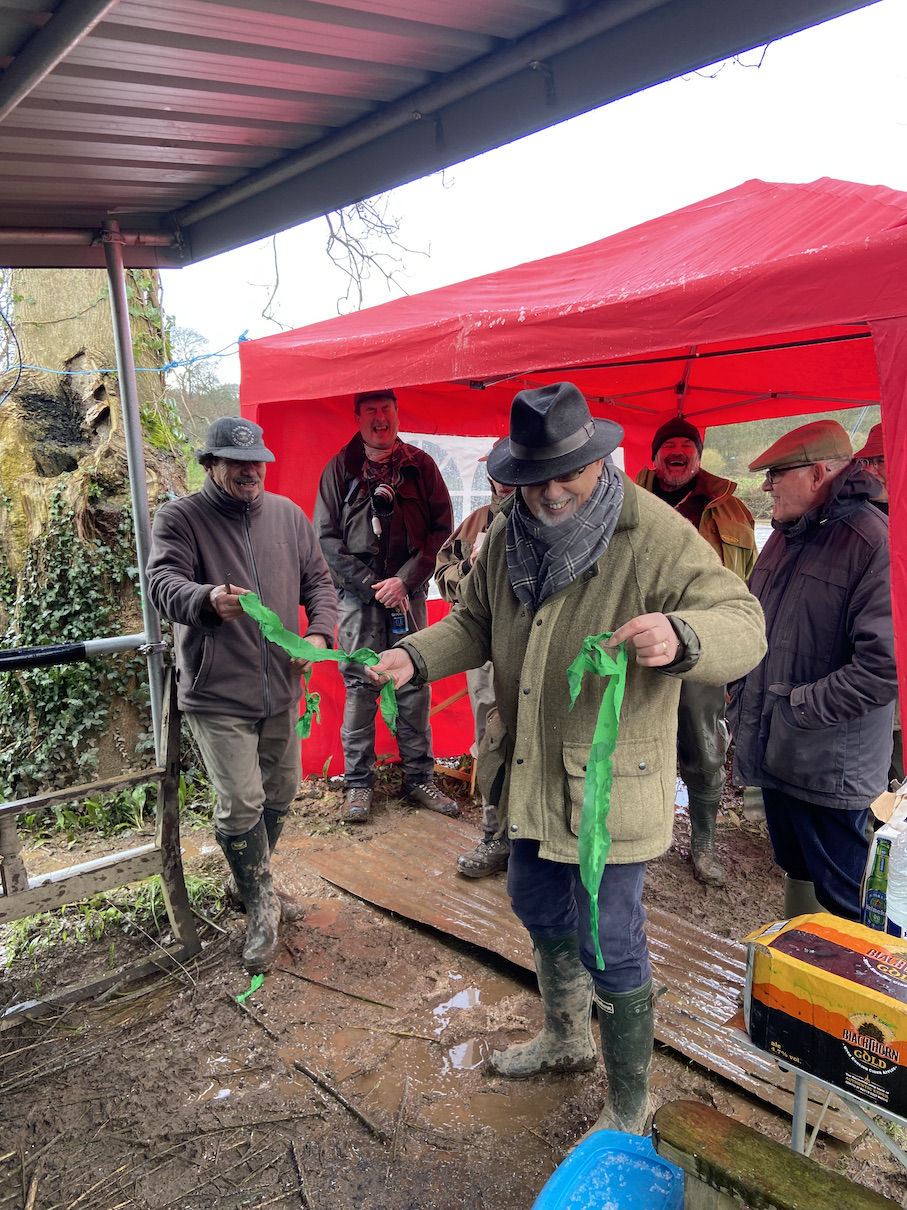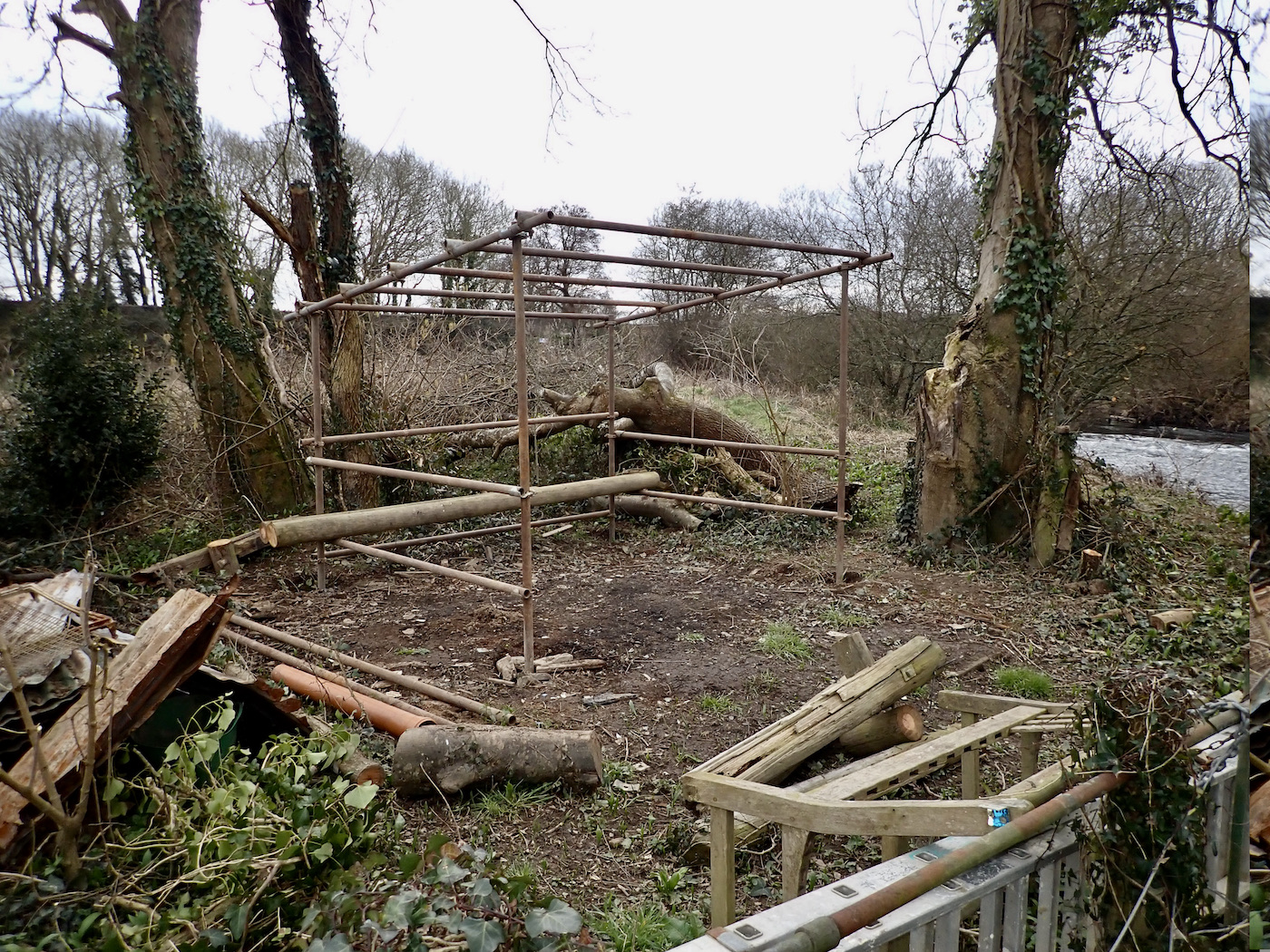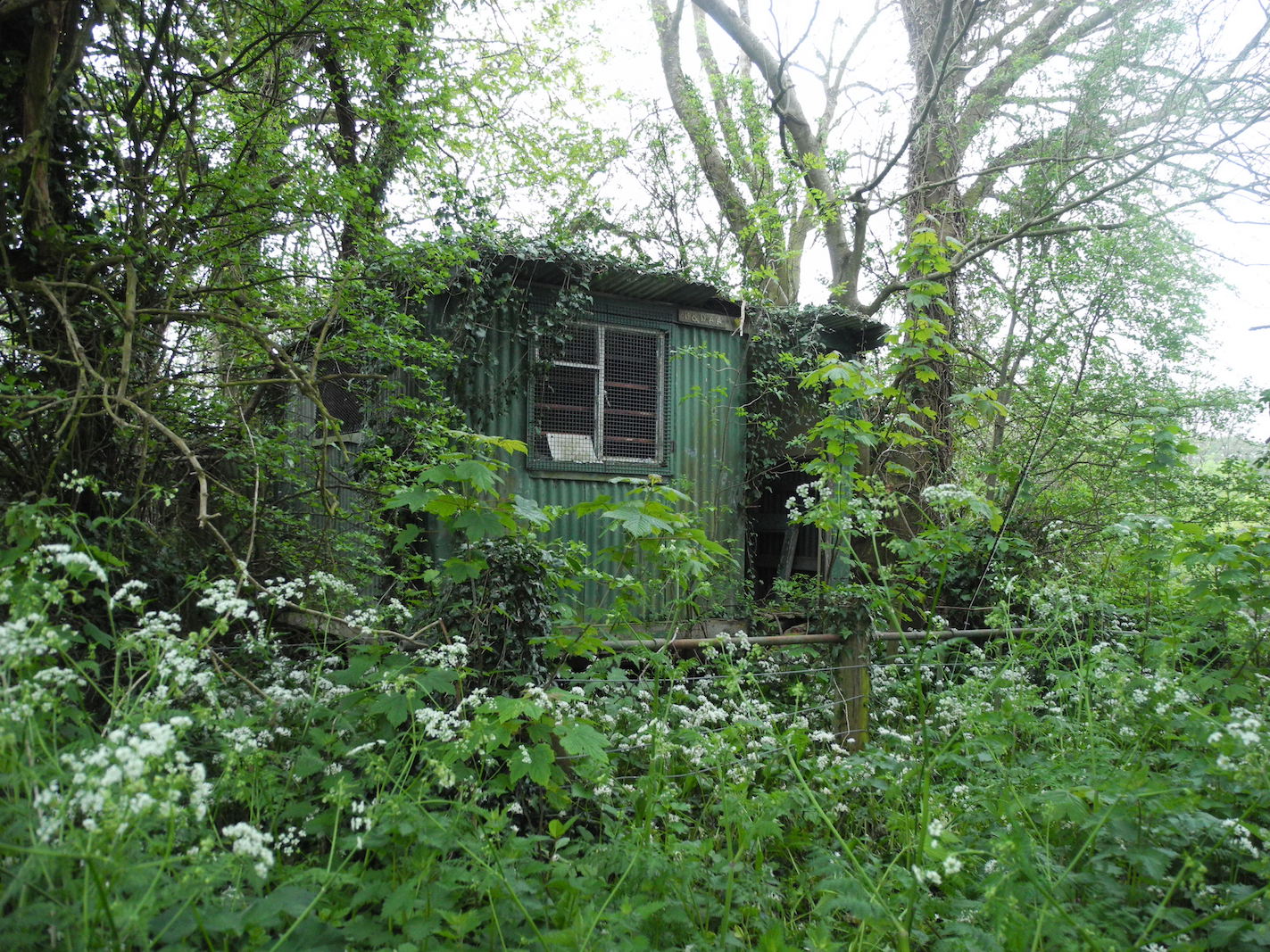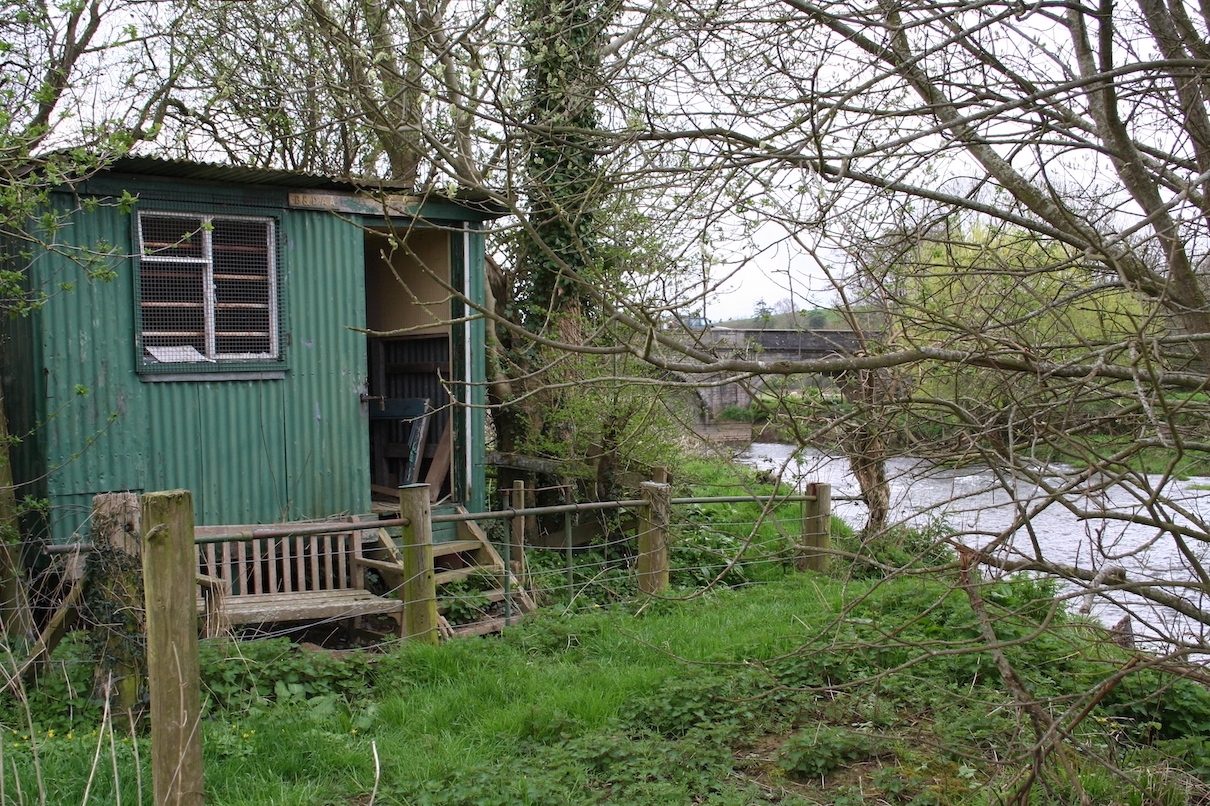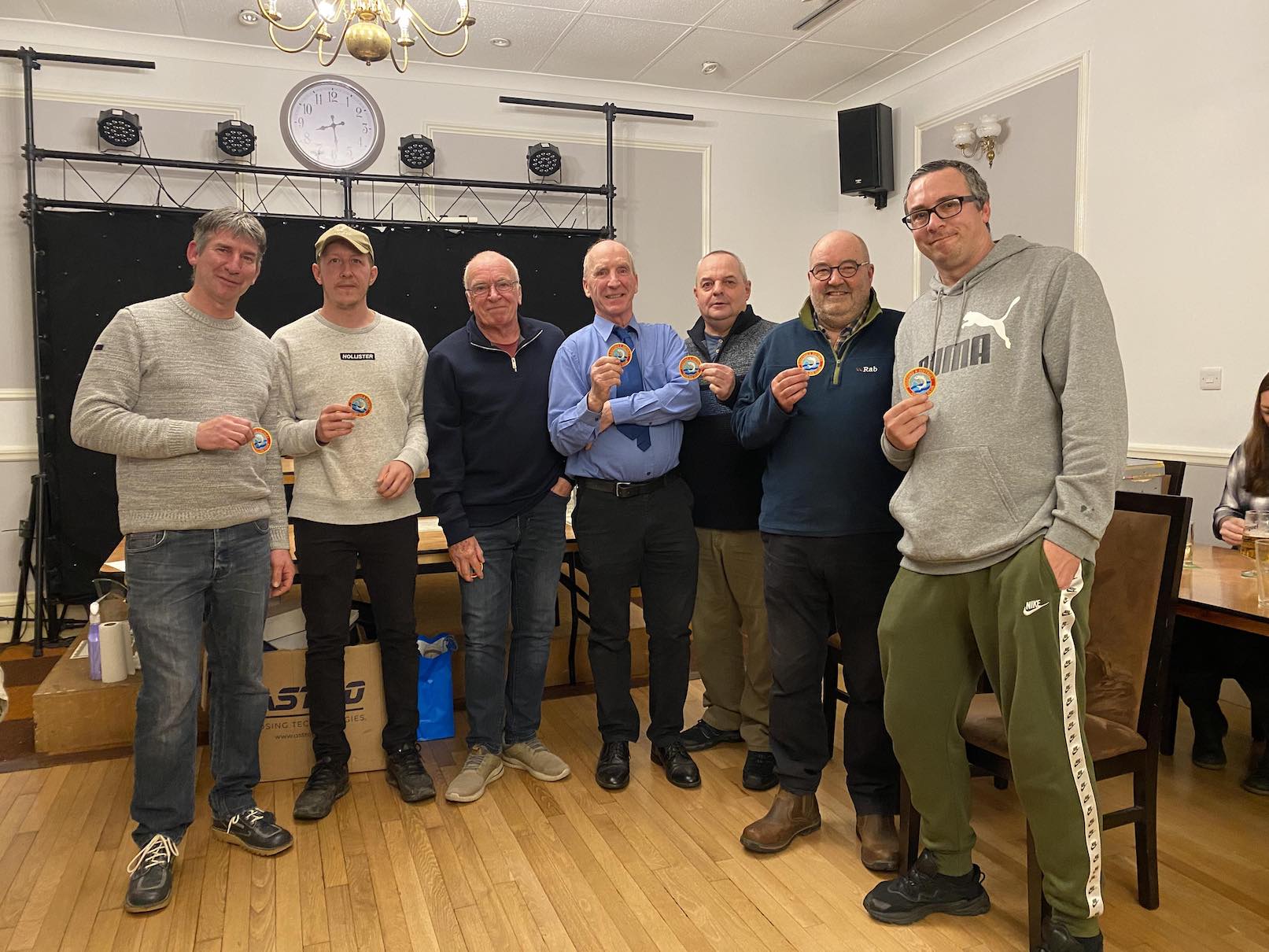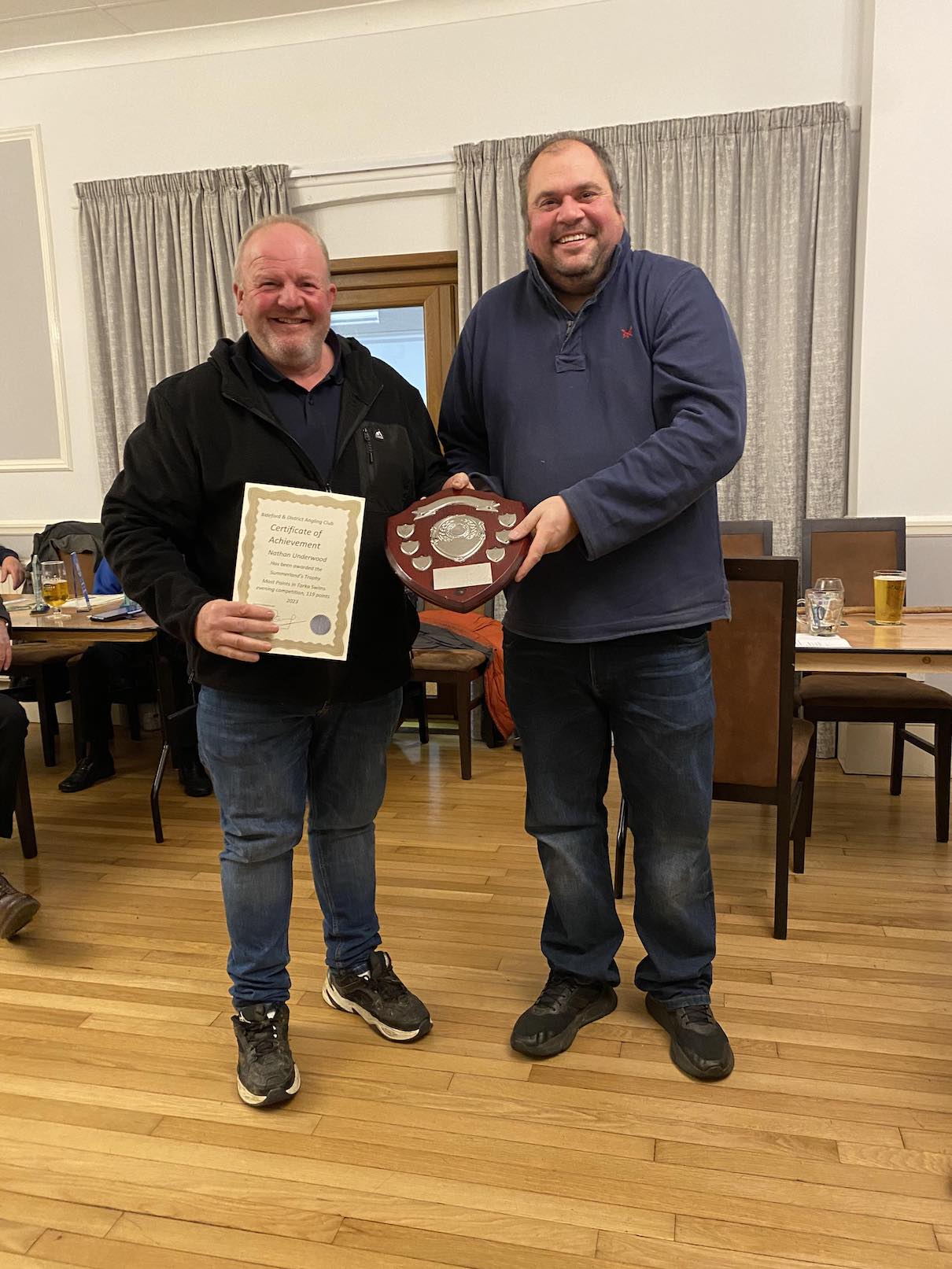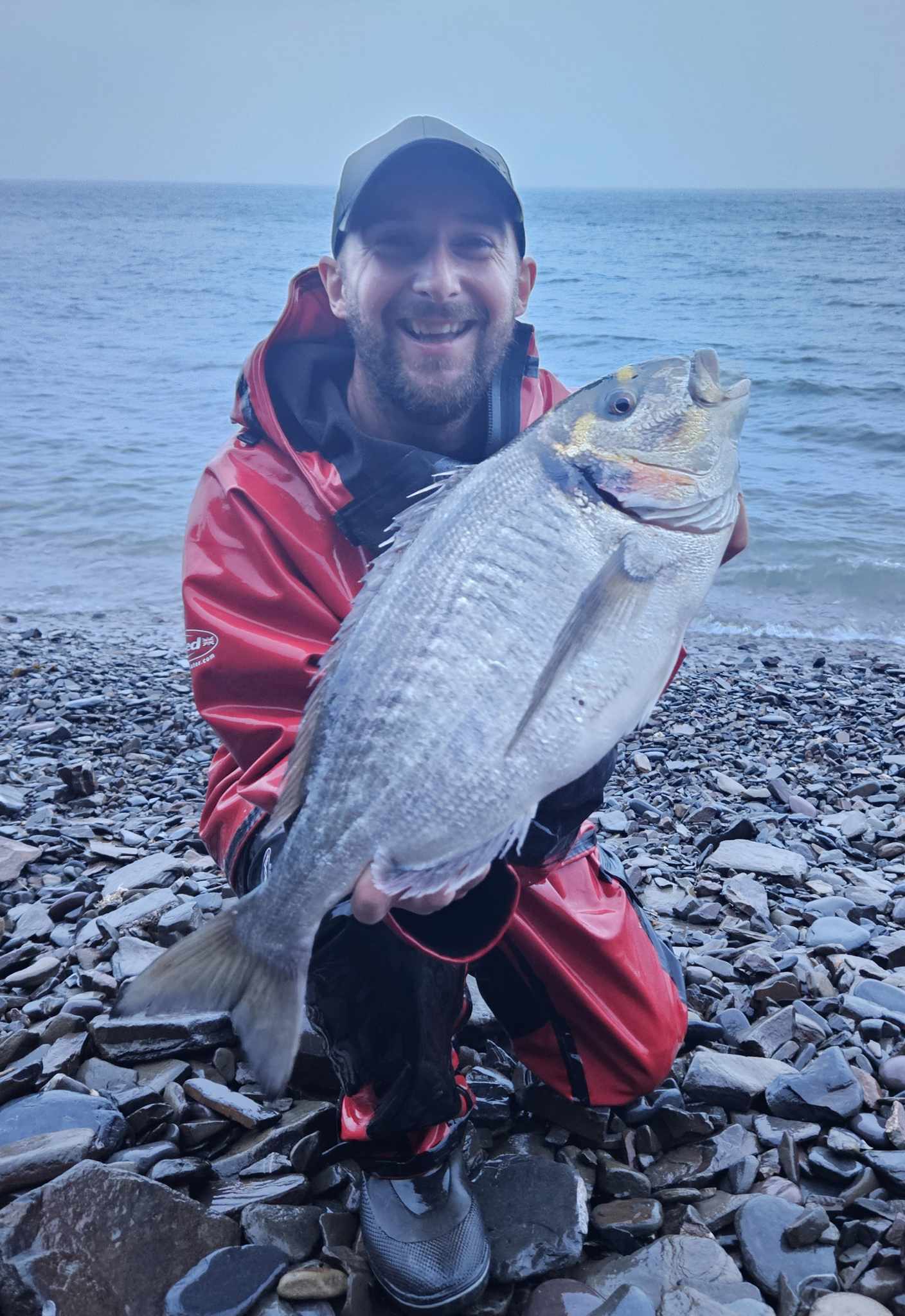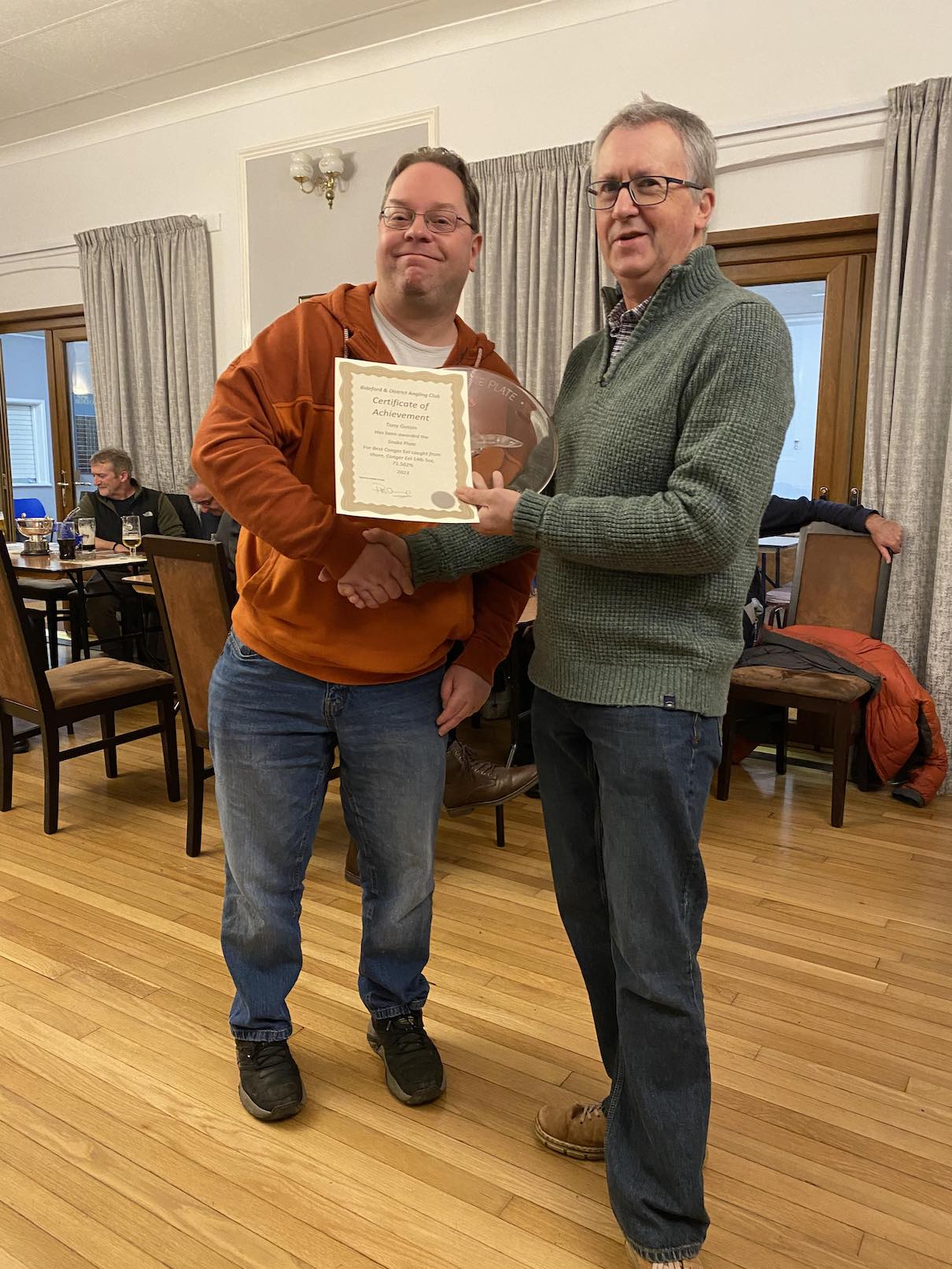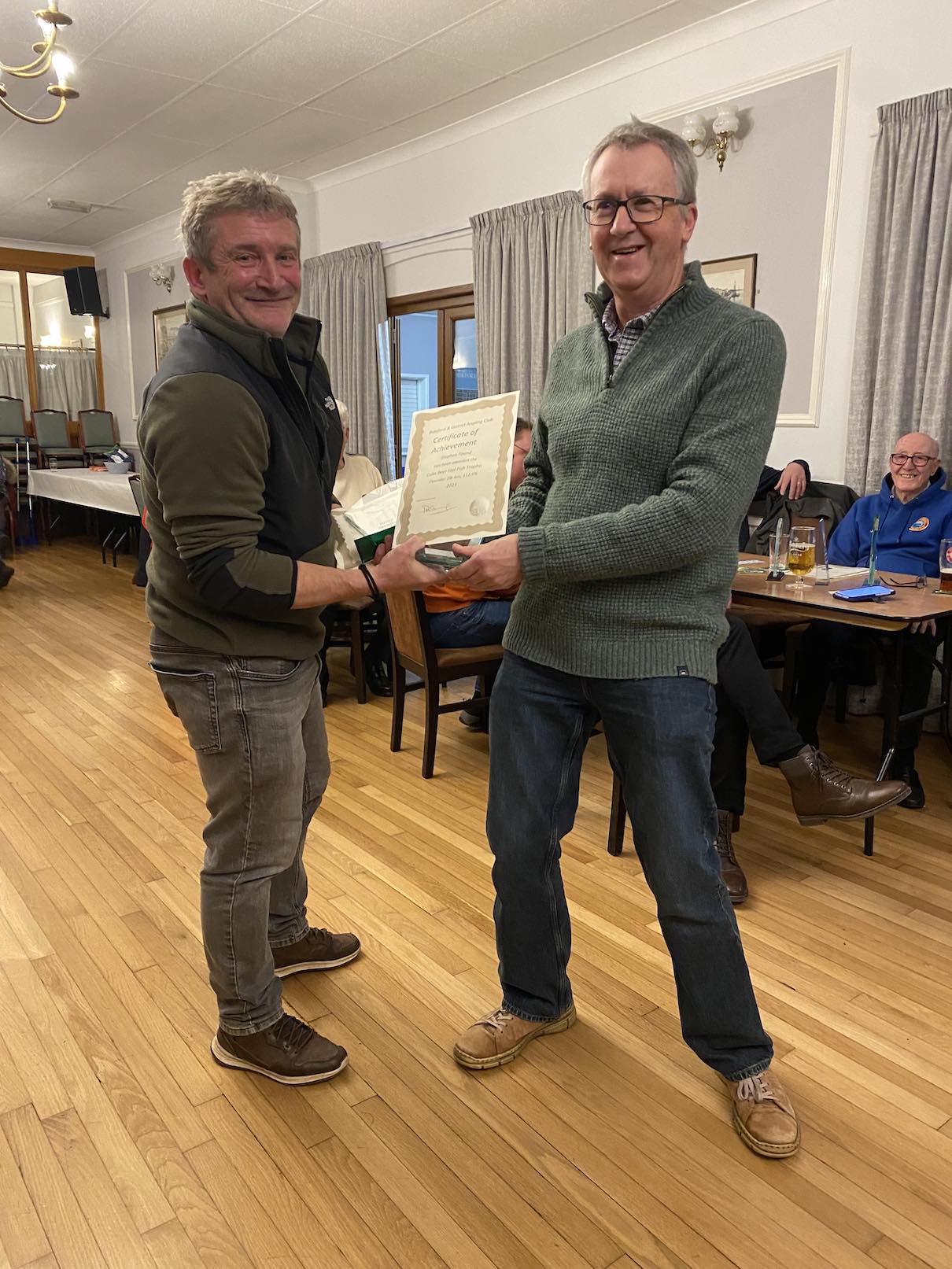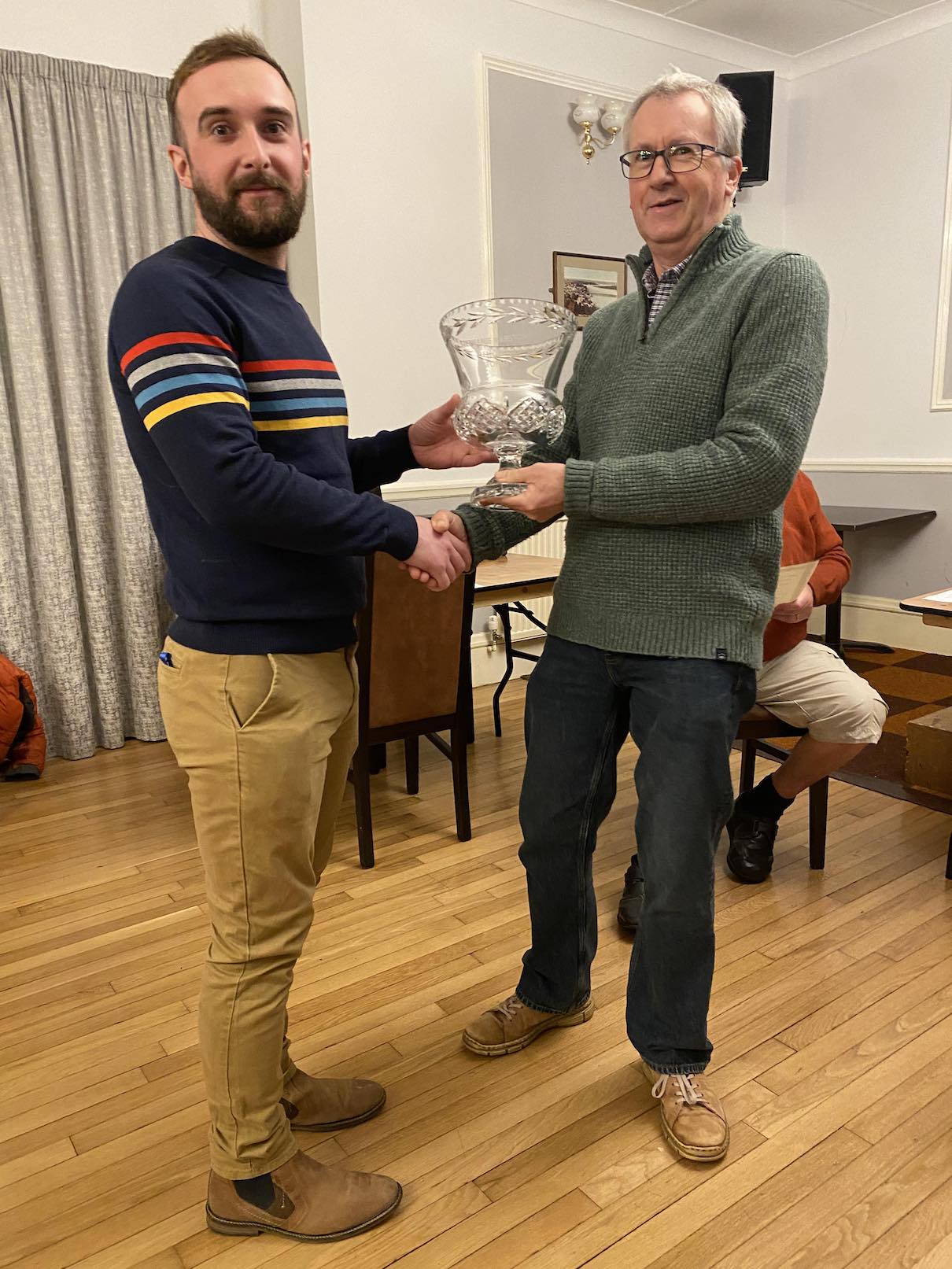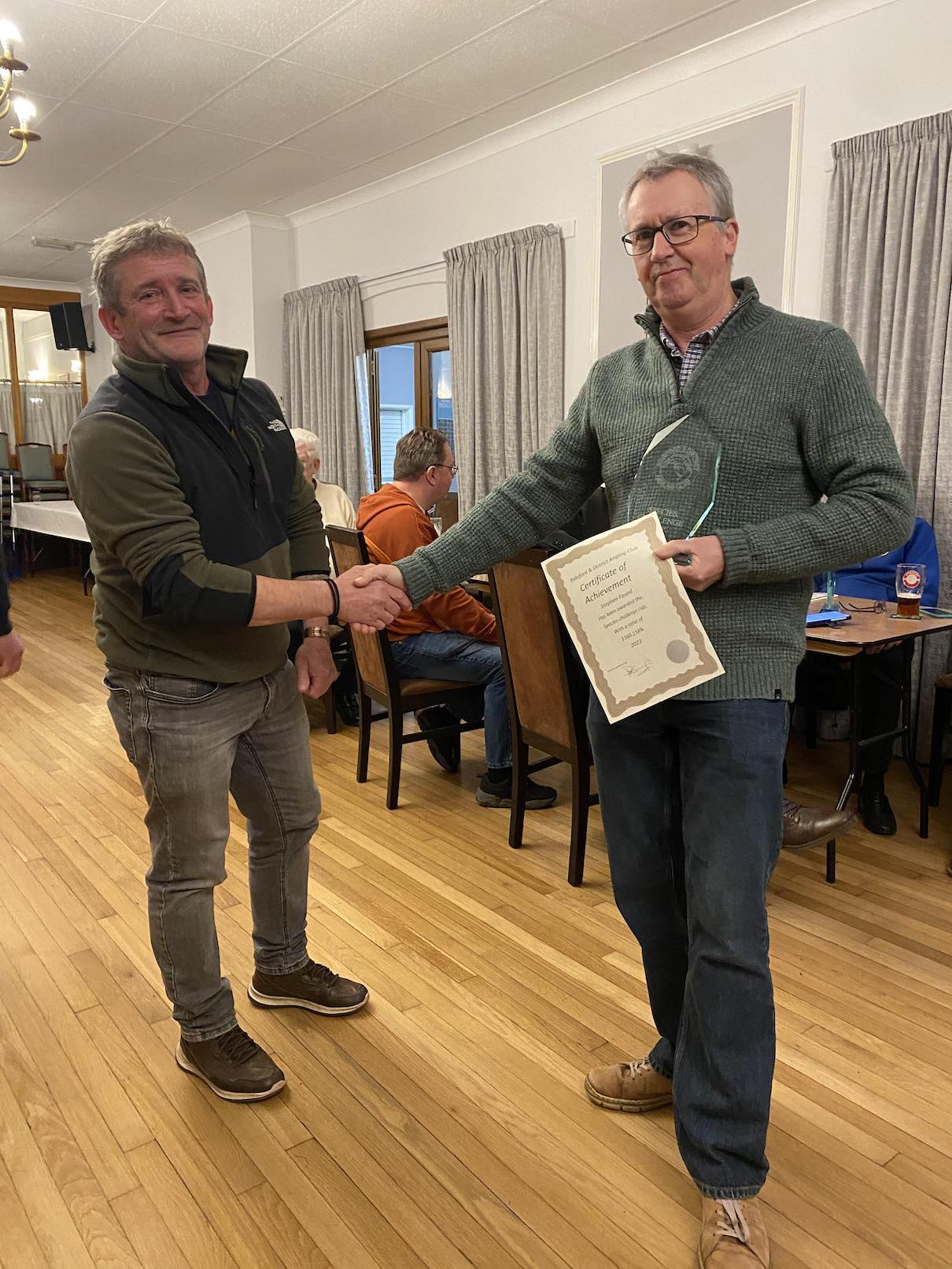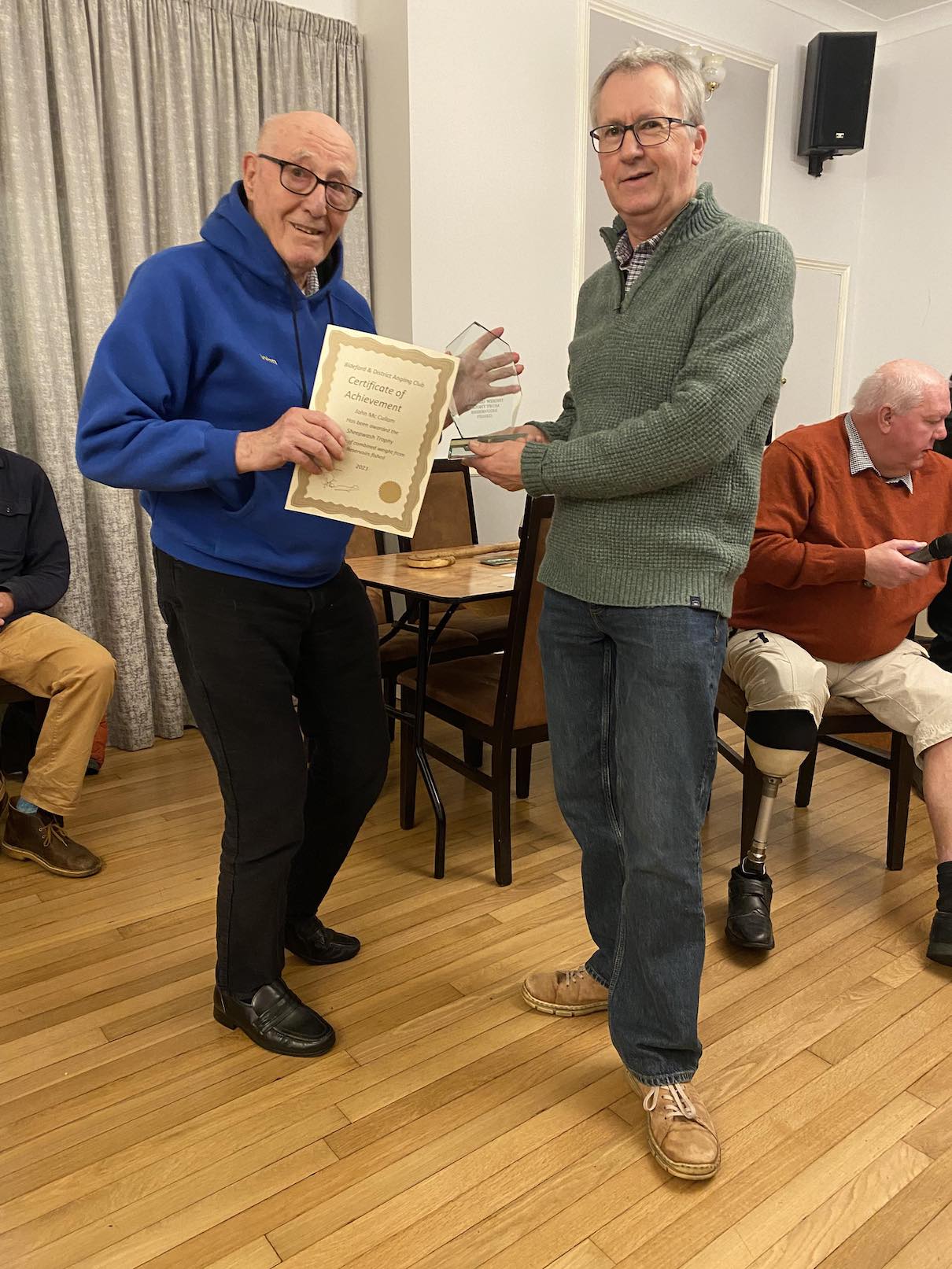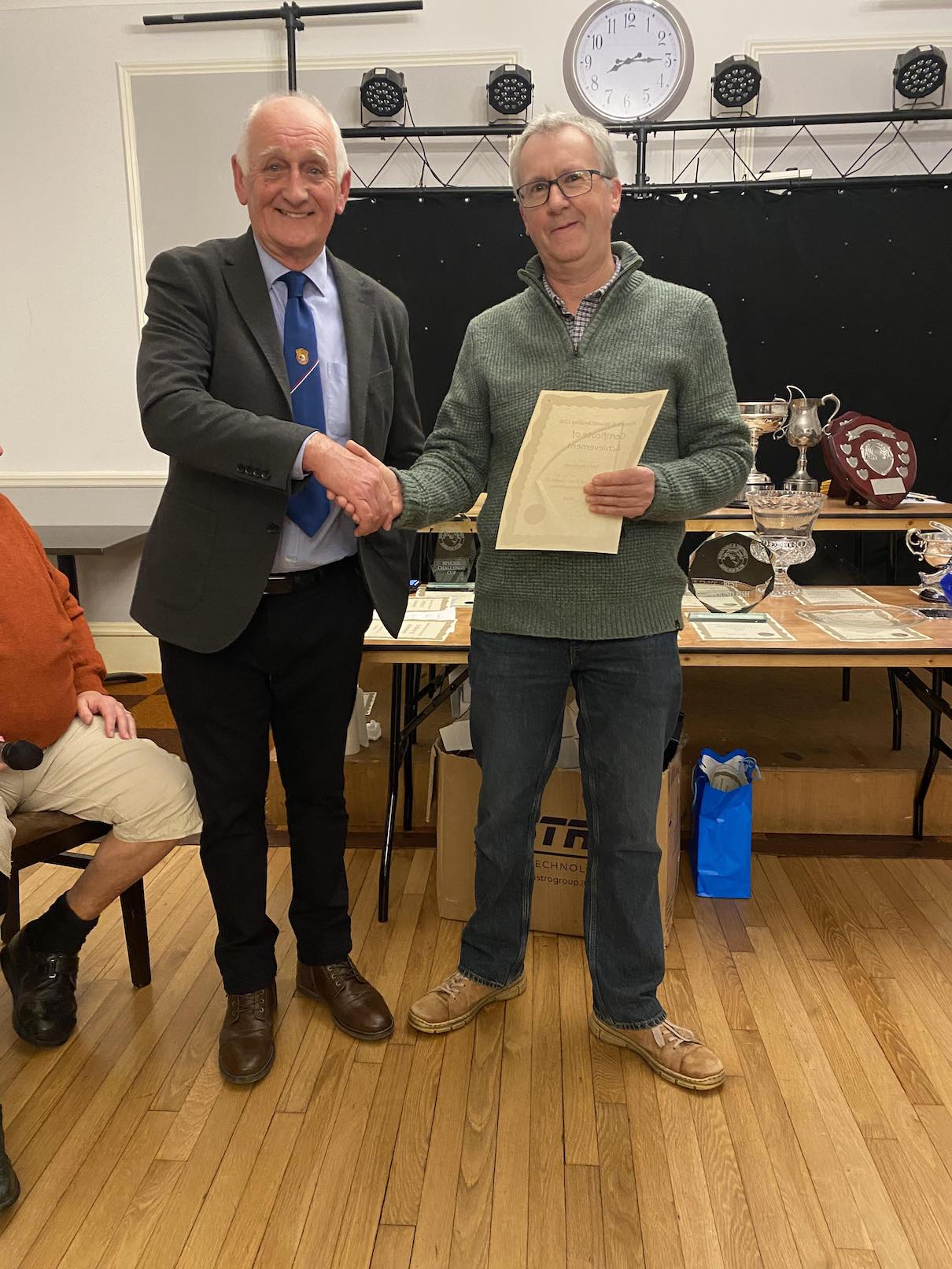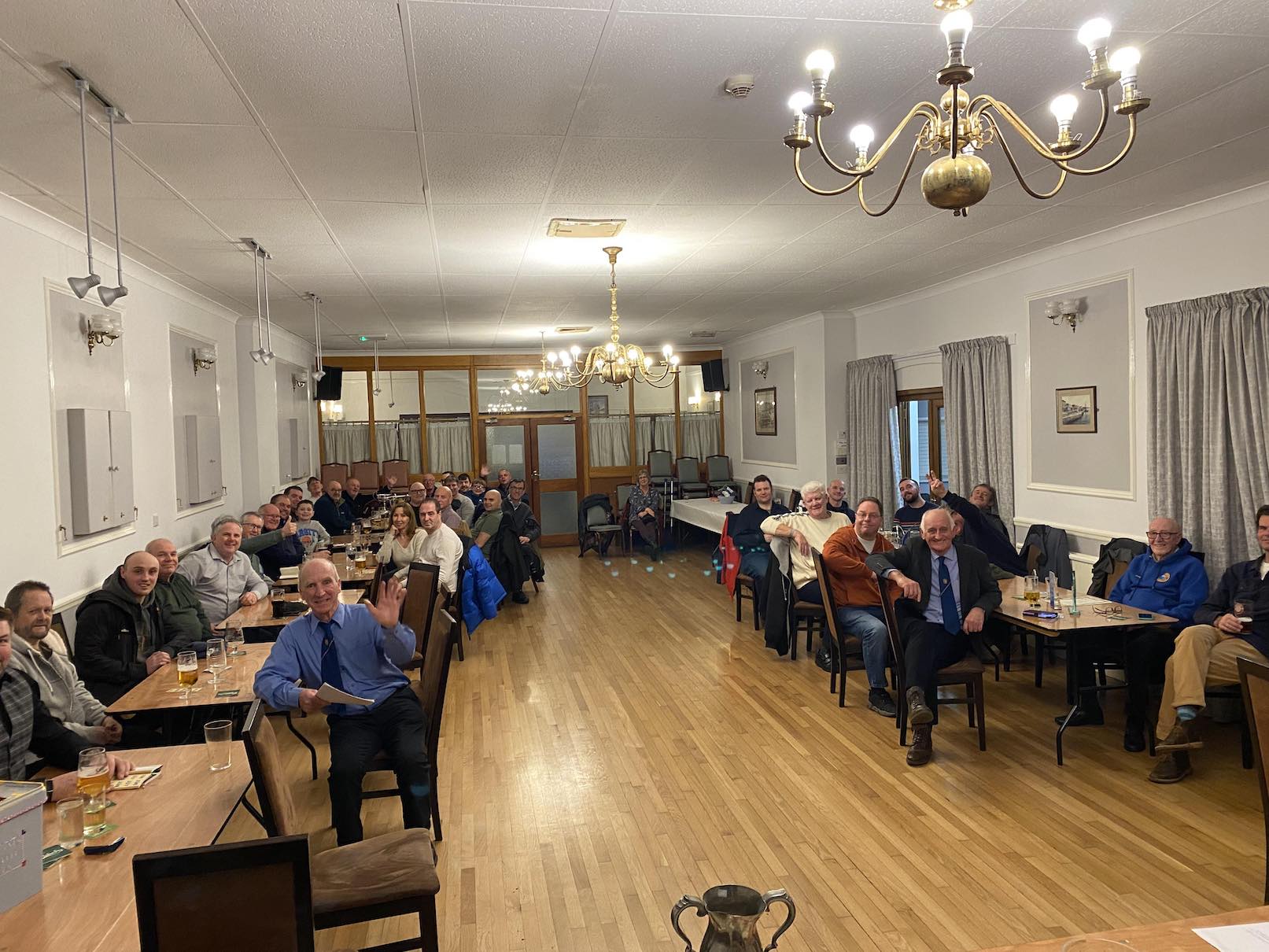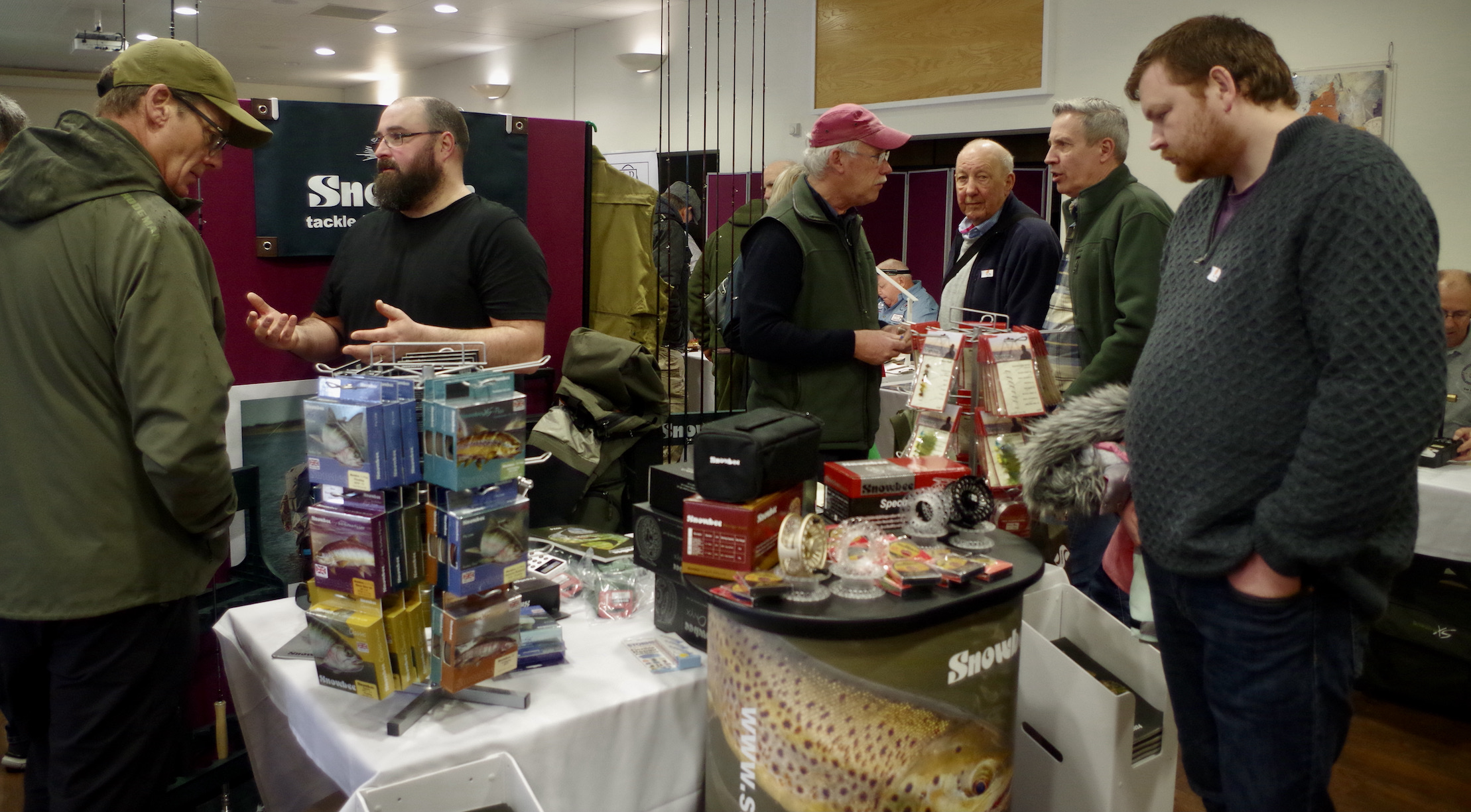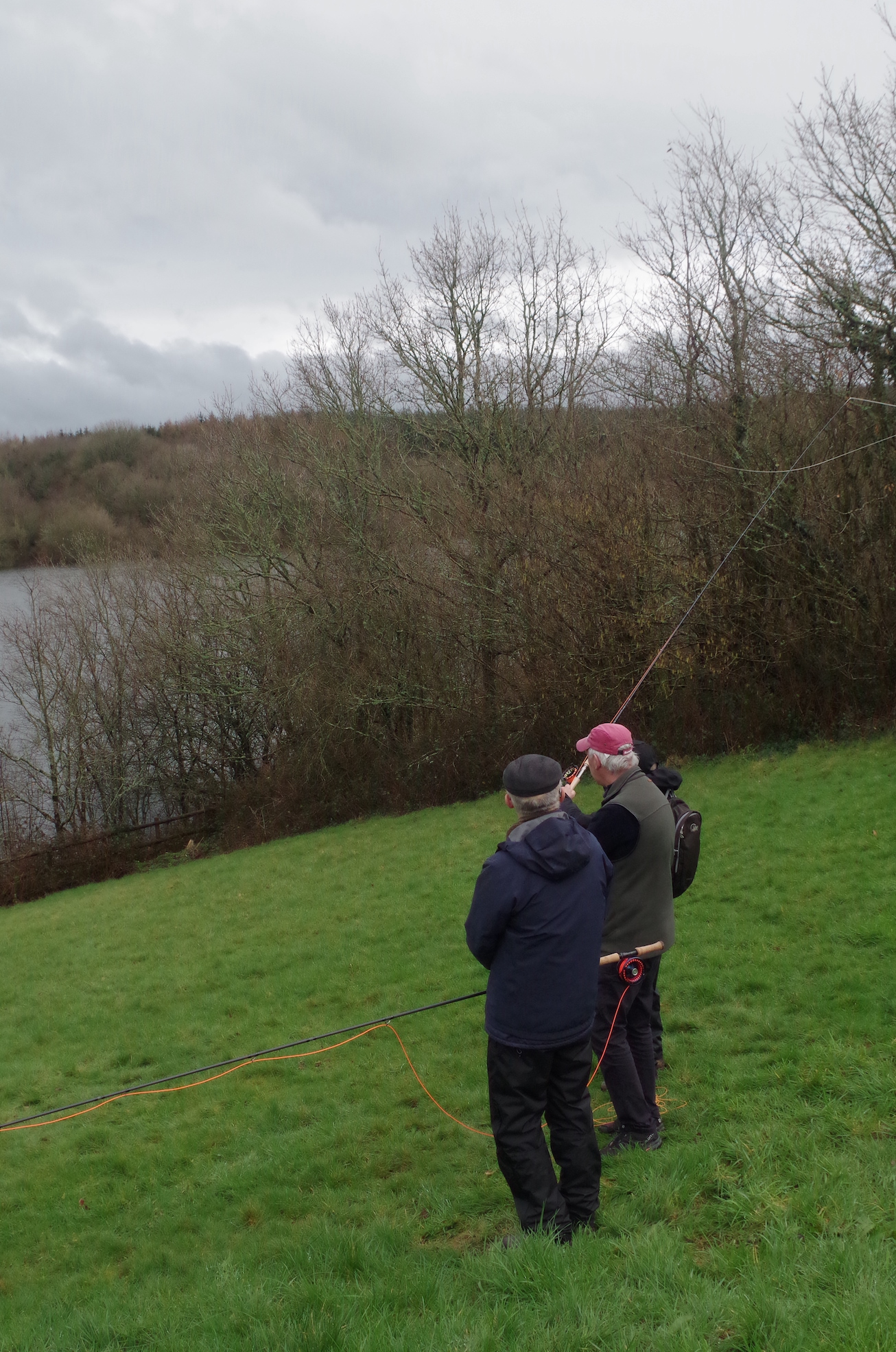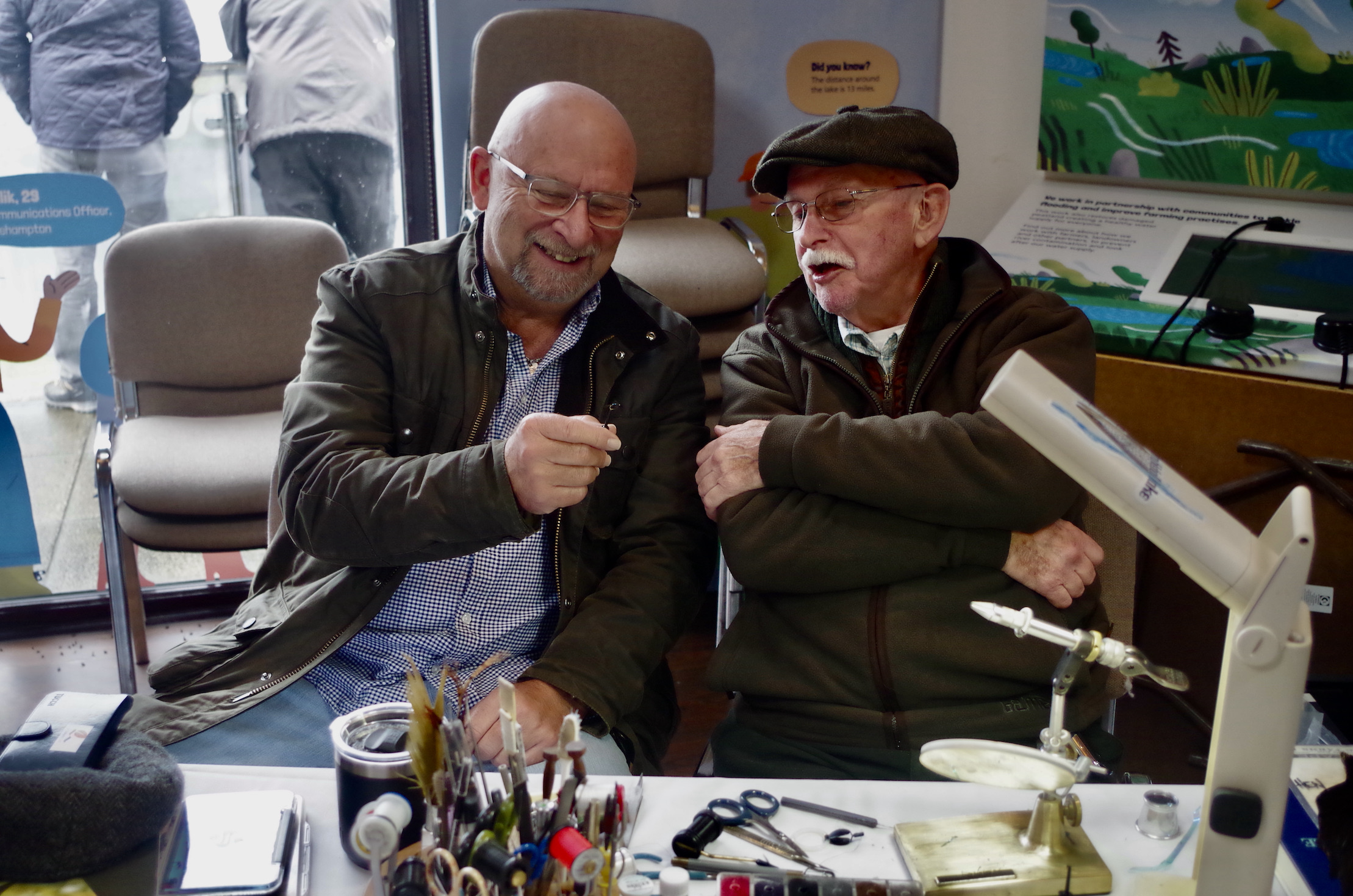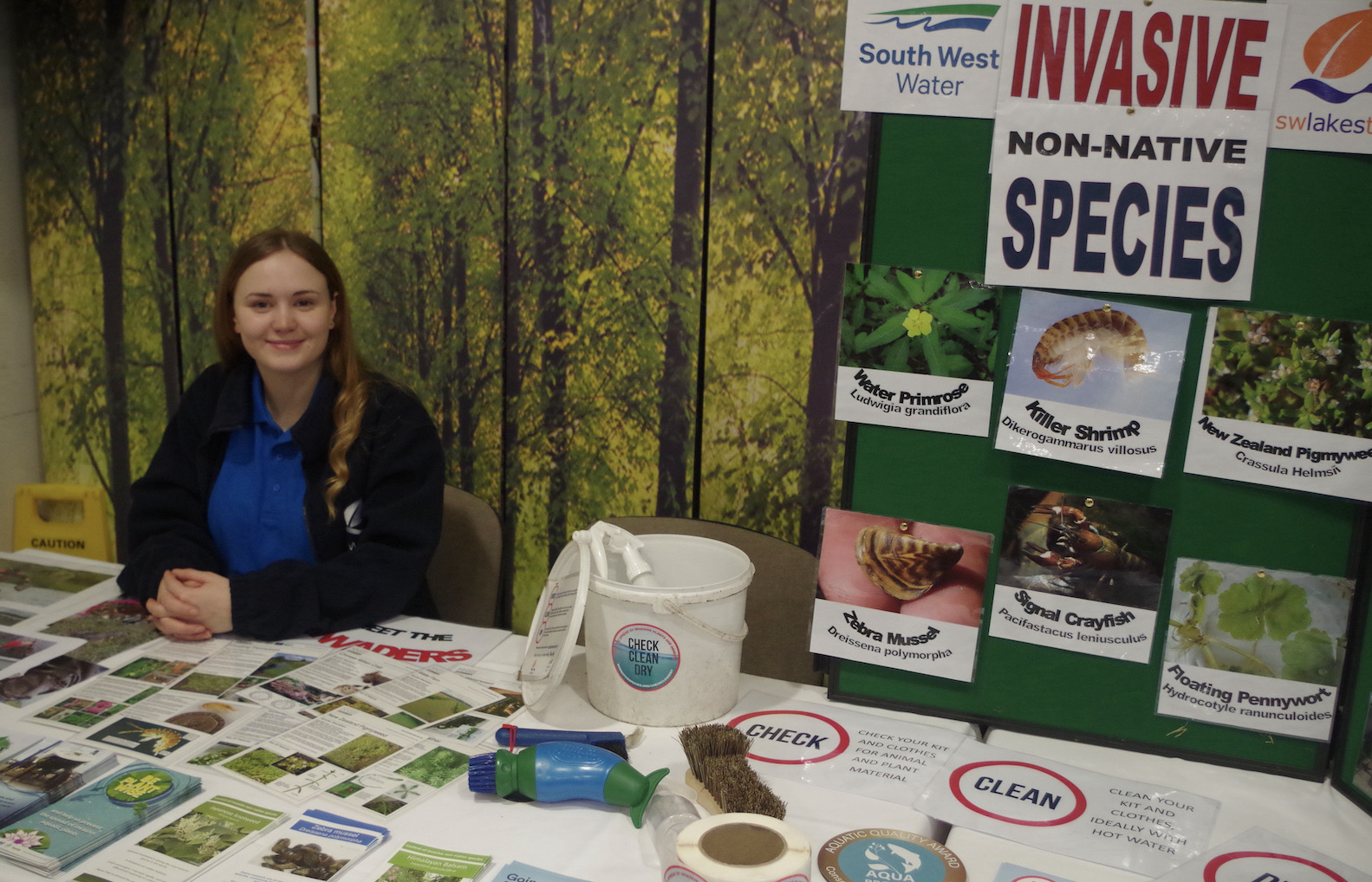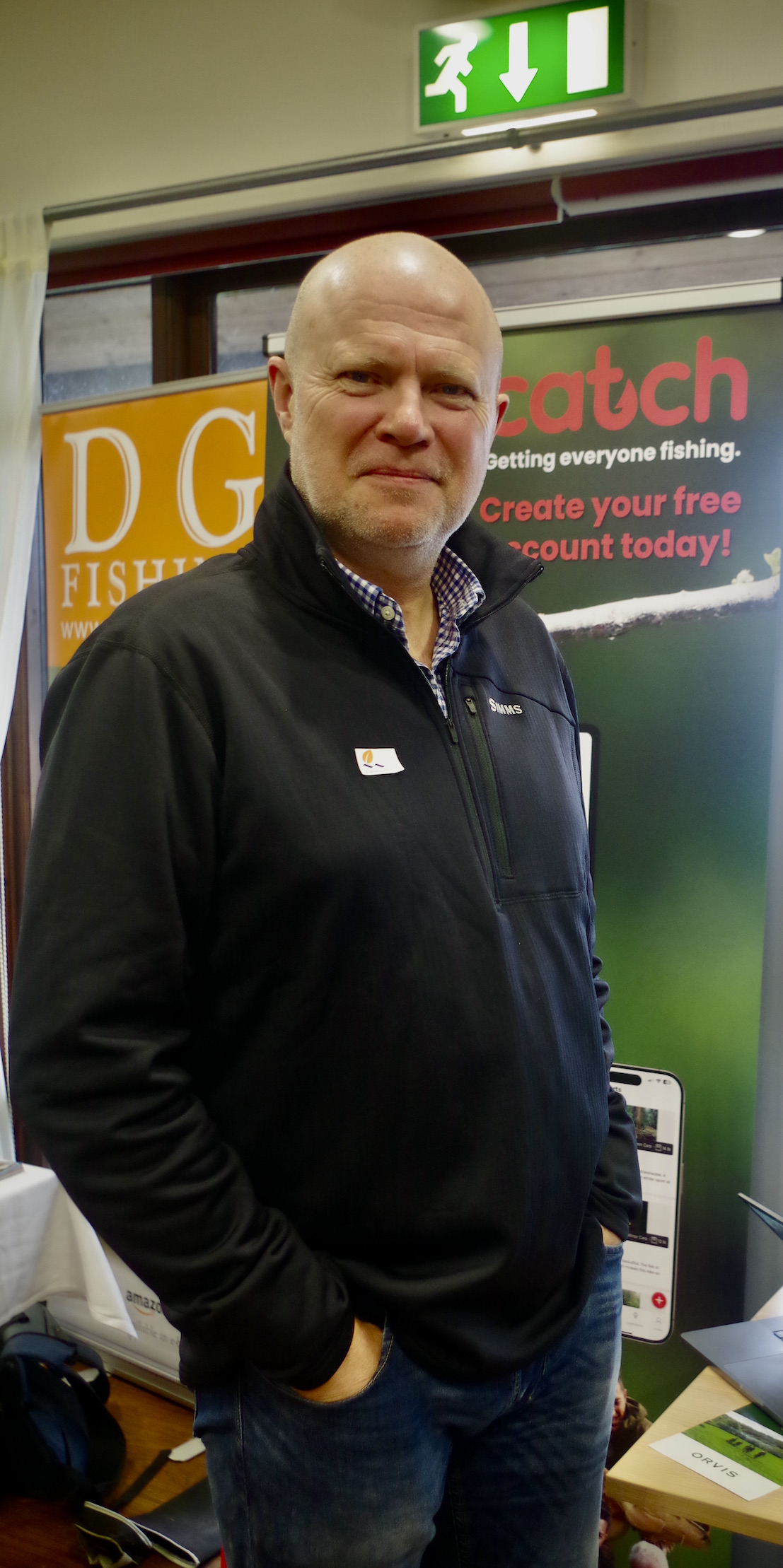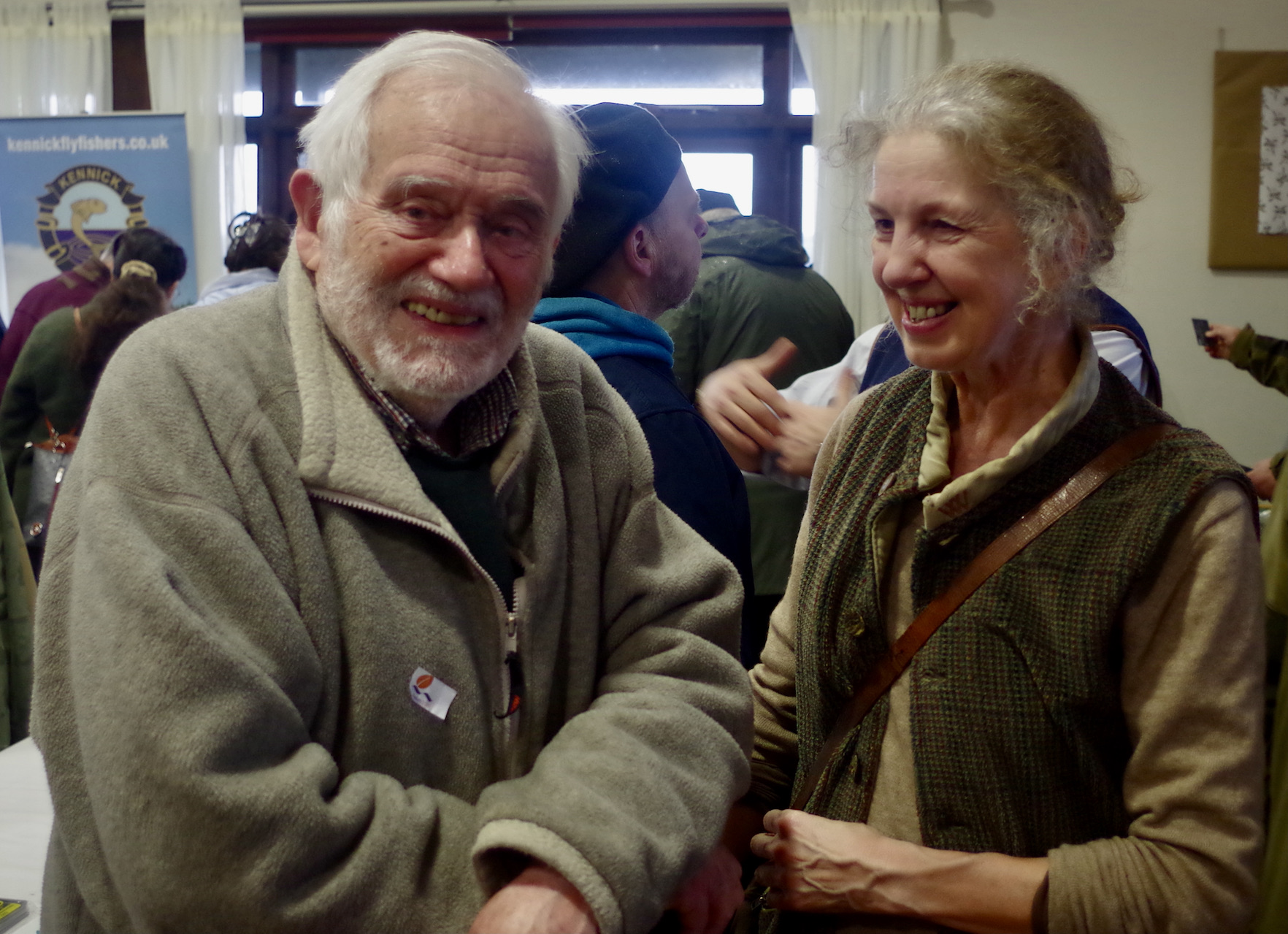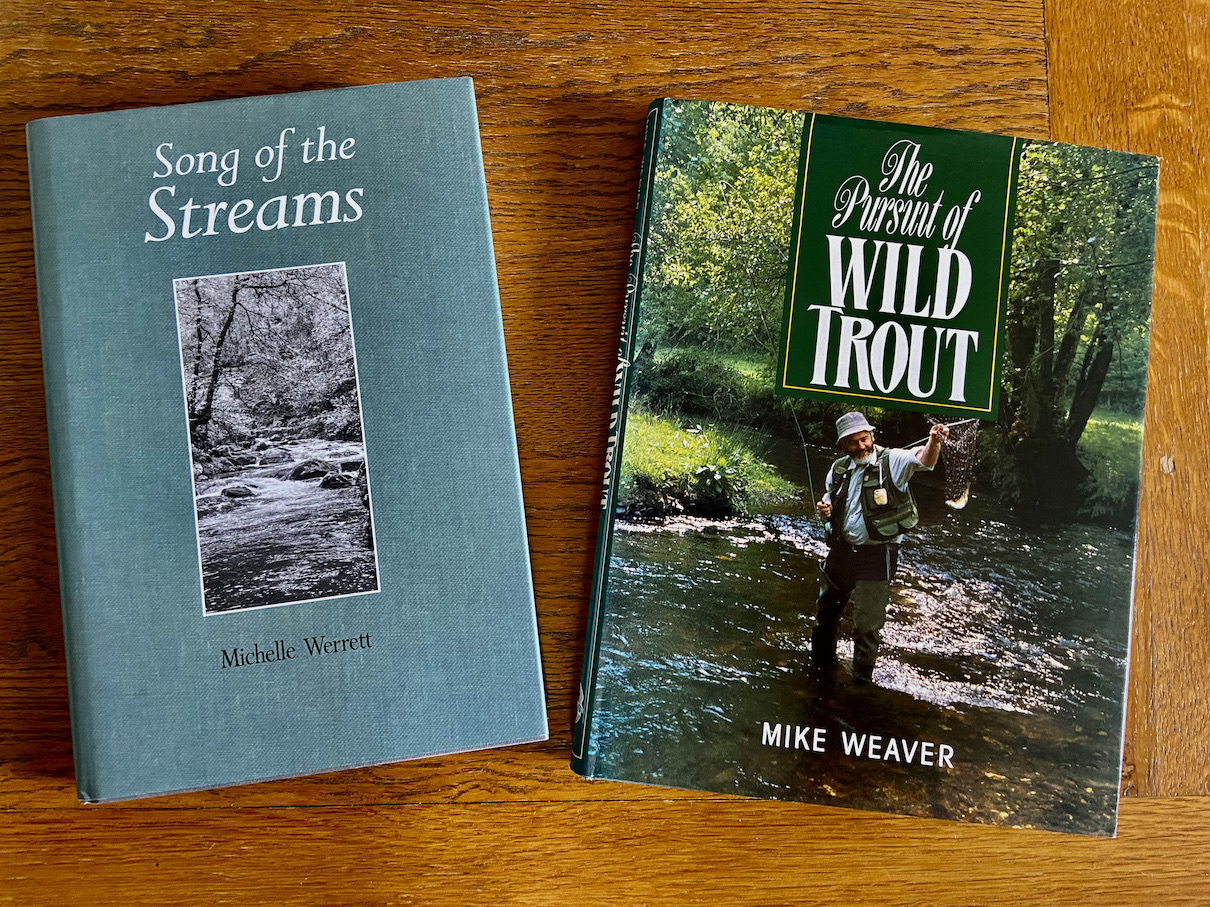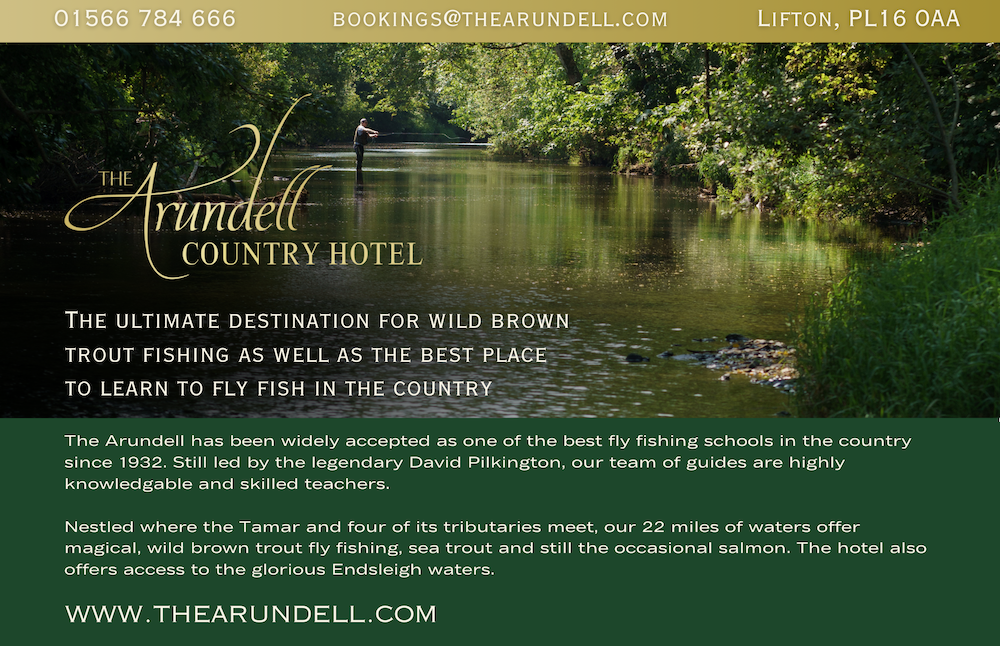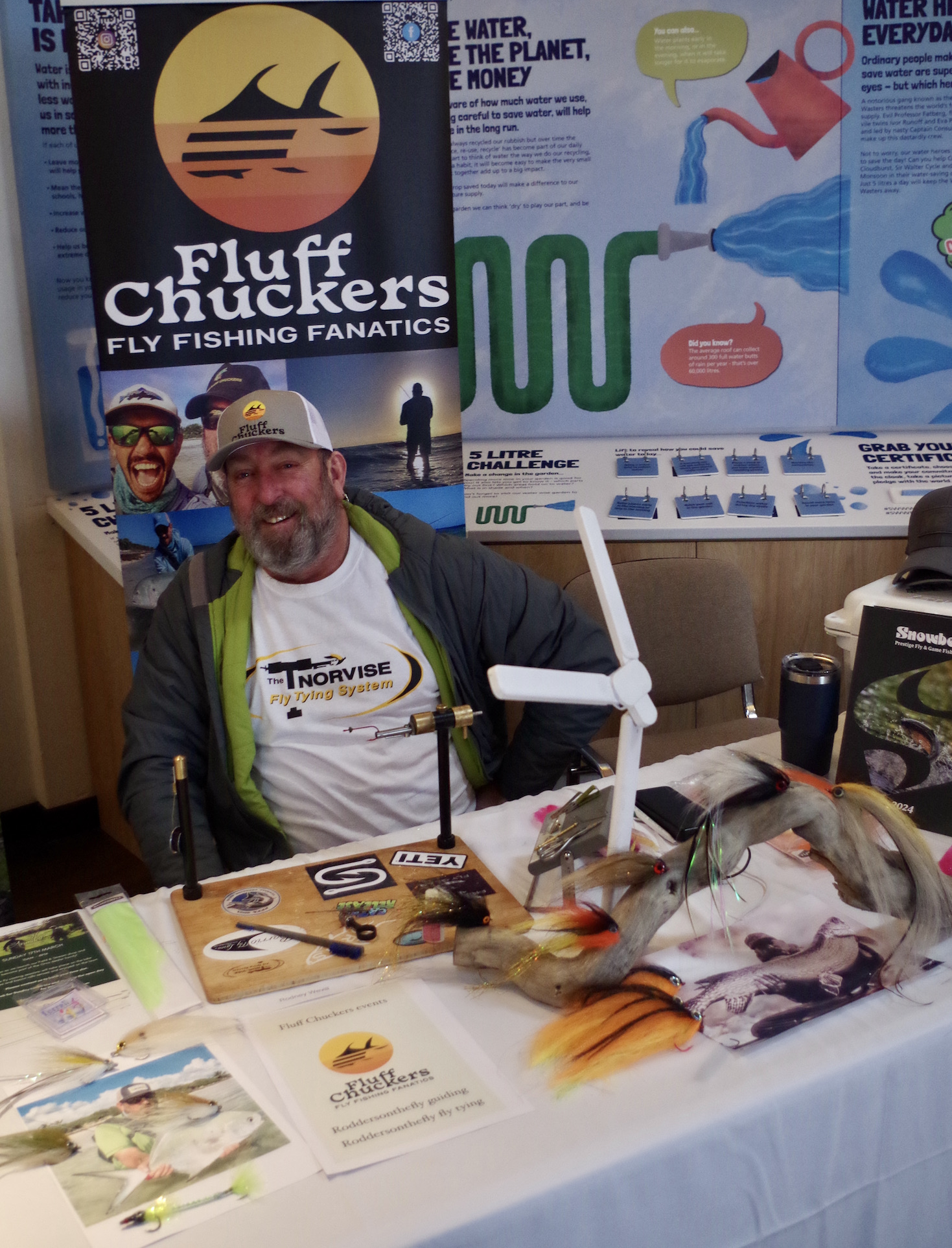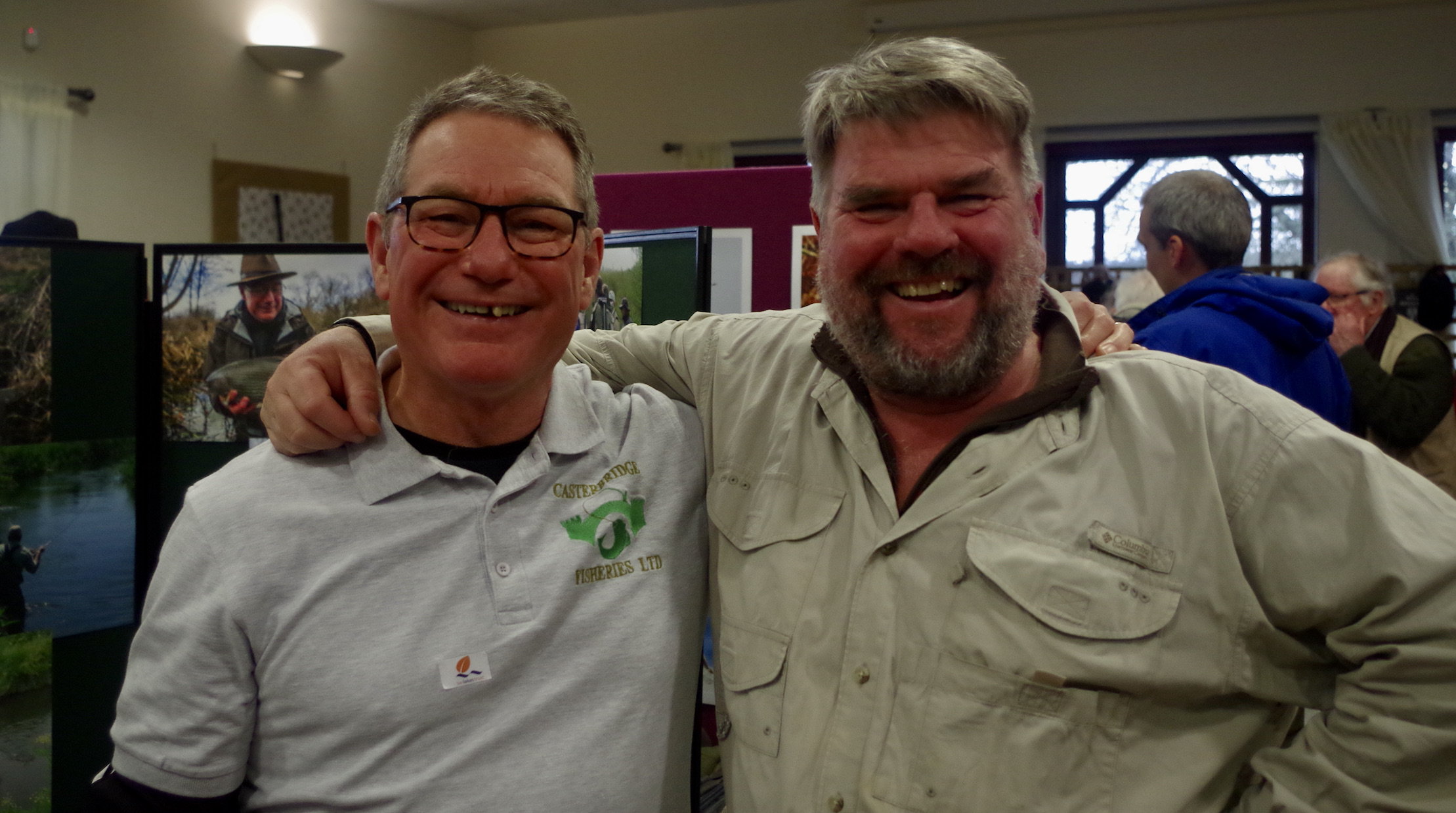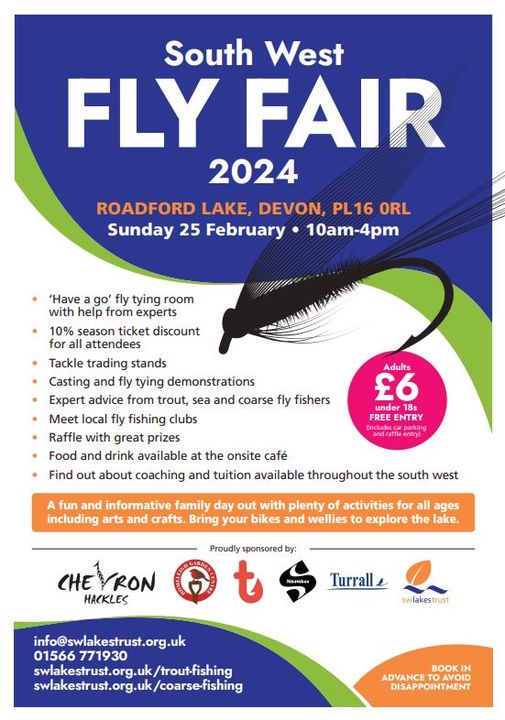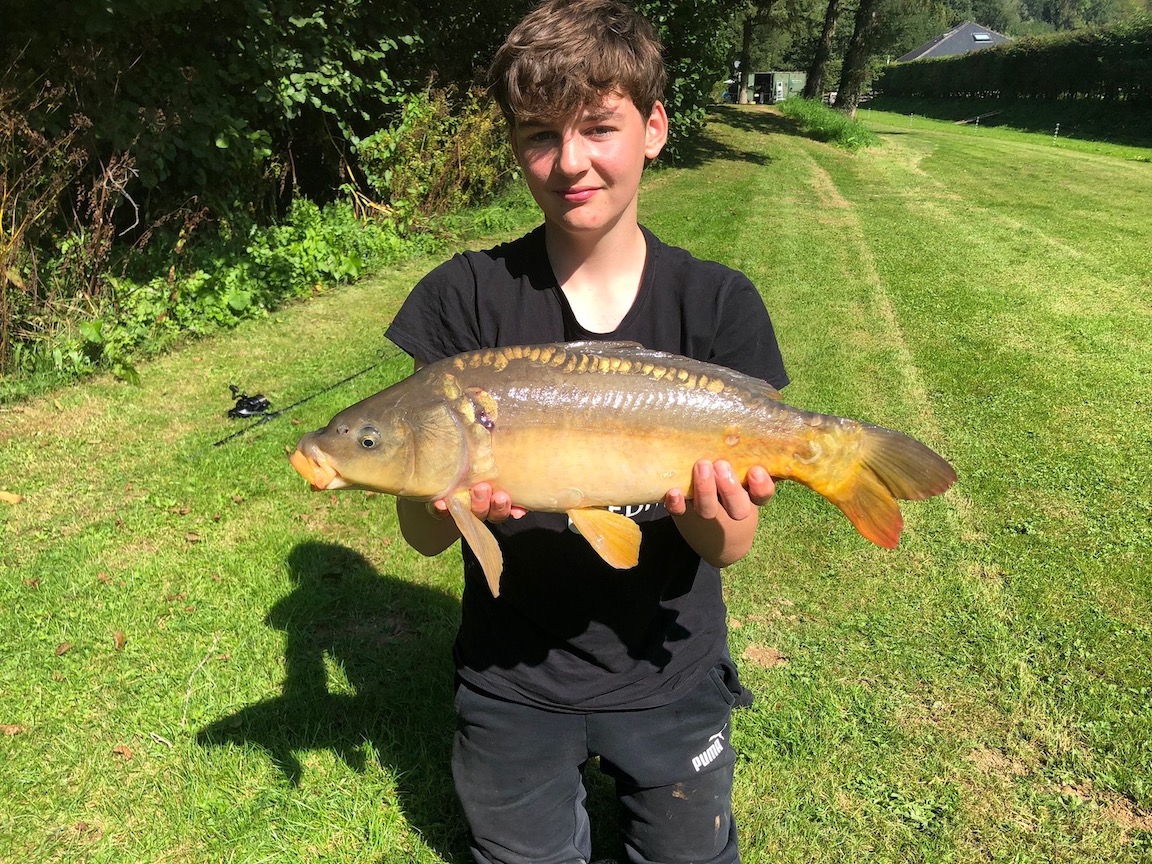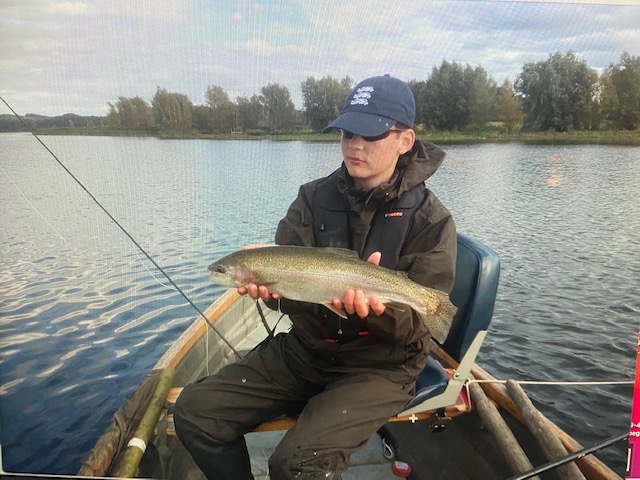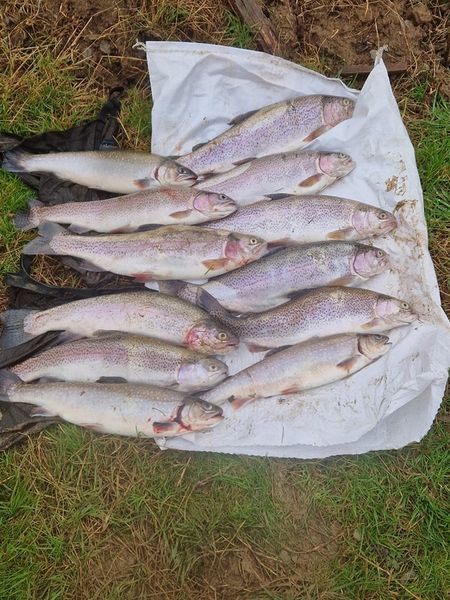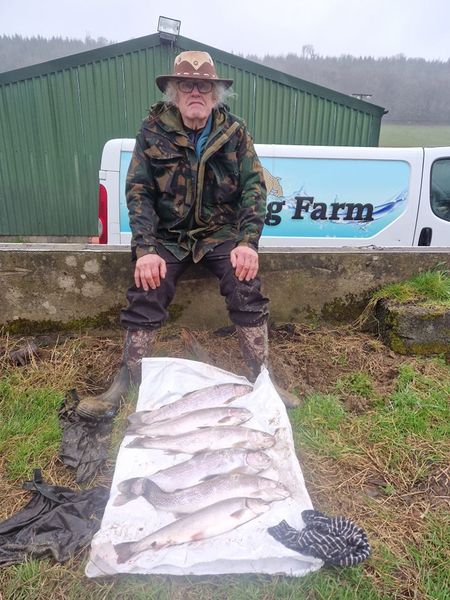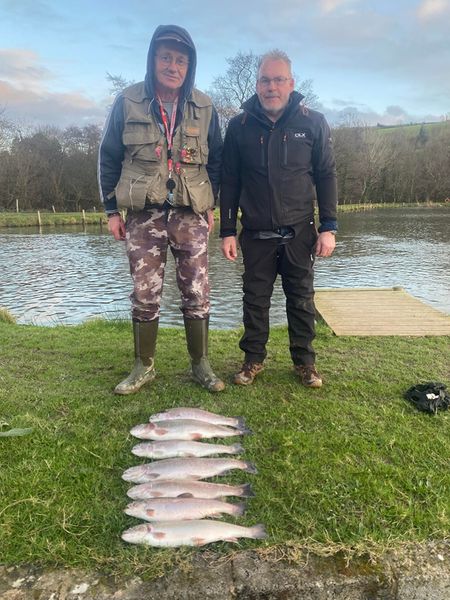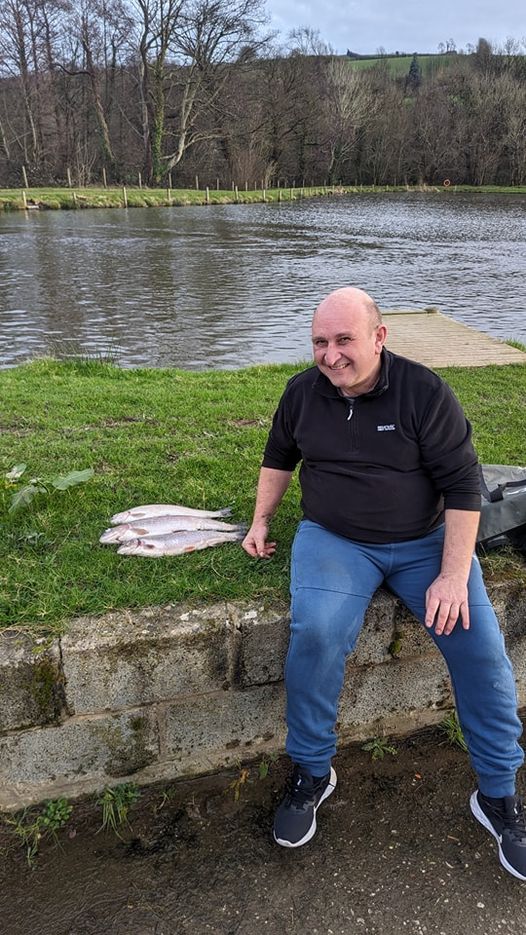Richard Wilson talks sea trout fishing in his latest blog.
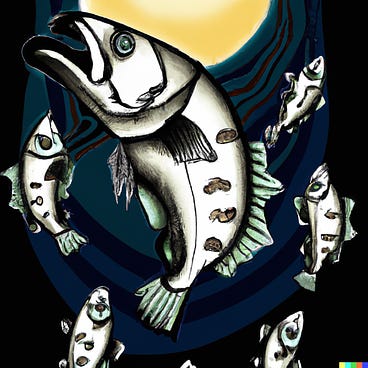
Twilight
The river beckons and eyes falter, straining in the fading monochrome half-light. As they weaken, so our ears fine-tune to the emerging clamour of the night: The chattering river, the owls and the scurrying creatures of the bankside. The night time world is waking.
The dictionary has a word for this: it is the hour when the world turns crepuscular. And is there a better time to go fishing? The hour when we crepuscules emerge blinking into the gathering gloom?
So let’s get down to business: My first and most important task is to reach my pool in time to catch the last of the light. Once there I’ll sit on the bank, read the lie of the water and wait for it to get properly dark. This is, of course, an impossible call because no matter how long I sit and stare, the darkness never quite takes over. My widening eyes adapt just enough to keep me merely half-blind: I see the shadow shapes of trees and anything small silhouetted against the sky. But where land and water merge, all detail is lost.
But hey, who’s in a hurry? I’m enjoying the moment and all the while my senses paint a picture of the pool: the chuntering water, the flitting bats I glimpse but no longer hear, and sometimes, most wonderful of all, an otter or even two. And there – did you hear it – a fish churning close to the far bank. Just a moderate cast downstream. Catchable, but still I wait
Inevitably, my mind starts to wander. Big questions press in: Why do I catch nearly all my Sea Trout on Teal, Blue and Silvers? Why don’t I fall in at night – I’m quite good at it during the day. And what the heck is a Sea Trout?
Ah, there’s the thought. What the heck is a Sea Trout? For a great deal of my life this didn’t much bother me. They’re a vague sub-species of brown trout, right? Rather like the relationship between Steelhead and Rainbow Trout. So trout are trout, salmon are not, and sea trout are somewhere in between. Taxonomy? Pah! Who needs it.
I was wrong. Forget Salmon, they’re something else and irrelevant to this article. But Sea Trout and Brown Trout are the same thing. Identical, right down to their last drop of DNA. One’s bigger and the other is usually smaller, because one went to sea and the other didn’t. Or, rather, it hasn’t yet. One is bright silver when it runs back into the river – but soon reverts to its true brown trout colours.
This is important because it puts the lie to a theory I’ve been nurturing for a decade or two. Namely, that with Salmon numbers in free-fall, Sea Trout could save my fishing.
My theory went like this: Most returning Sea Trout are smaller school fish. They run into their rivers in shoals, while their bigger brothers and sisters make their way in their own good time. And over the decades school fish been getting smaller. I have not a shred of evidence to support this, but it seems to me they’ve halved in size from 1.5lbs to 3/4lb. There are plenty of wise river keepers who will say that the reason for this is that 3/4lb Sea Trout can swim through the inshore gill nets, set for bass and that kill uncounted numbers of Salmon (and big Sea Trout).
So, I reasoned, there would always be sea trout returning to river hitting the redds and ensuring the future of the, um, Sea Trout. Long after the last salmon had played the last post, there would still be sea trout slipping through the nets and heading up-river and towards me.
Ah well. Wrong again.
My theory fails at that moment when part of a river’s Brown Trout population decides it’s going to up sticks and go to sea. It may be because there are too many competing trout in the river. Or not so many trout, but even less food. Why one fish decides to go and another doesn’t we can’t say. Some do, some don’t.
Maybe they just fancy a change of scene. When New Zealand’s rivers were stocked with Loch Leven’s trout all those years ago, there were rivers where the entire population of new fish upped sticks and left for the sea and a new river. They’d had look at their new home, didn’t like it and without so much as a thanks or goodbye, left never to return
However, the stakes on going to sea are high. Migrating smolts face many more dangers than had they stayed in the river. There are more predators, for example. And like salmon, climate change and warmer water is shrinking smolt size, and the smaller a smolt, the less chance it has of surviving the journey. So the decision to head to sea is getting more dangerous.
The reward for the ones that make it is food. They grow faster and bigger, and that pays off when they return to the river to breed. Big fish can dominate the redds.
So for this stage in their lives, the decision to go to sea is about the survival of all brown trout. They’re a species hedging its bets. Some stay, some go. Some will win, some lose. Hindsight is everything.
Unfortunately, that hedged bet is getting more dangerous. A recent Norwegian report surveyed 10,000 miles of Sea Trout rivers and lakes ranging from the Arctic to the south of the country. In only 25% were Sea Trout populations considered healthy. They had disappeared altogether in some rivers, and in 40% populations were in either a poor or very poor condition.
And their biggest threat? It’s sea lice, the major by-product of salmon farming. 83% of all the water surveyed was impacted by farmed sea lice. Amongst salmonids, Sea Trout are hardest hit by lice because they stay in coastal waters where open-net cage salmon farms are found.
The bad news doesn’t end with the fish farms. Globally, the fishing effort at sea has industrialised. At the same time, rising sea temperatures collapse ocean food chains and stop some fish breeding (fry are a major source of Sea Trout food). The laval soup at the base of the ocean food chain thins out, and the bait fish that depend on it get smaller and carry less body fat – in part because warmer water raises their metabolic rate so they have to eat more just to keep going. That metabolic trap works its way up the food chain – bigger fish also need to eat more just to maintain body weight, but there’s less food. This is the world Sea Trout migrate to feed in.
Unfortunately, staying in the river is also difficult. So much so that if I allow myself to get properly gloomy about this I have to say the trout rivers in my part of the world are becoming hostile environments for fish,
Trout redds are usually further into the headwaters than a Salmon’s. These smaller streams are warming faster as our climate changes, and they’re more vulnerable to farm pollution. The brutal truth is that the survival rate for smolts shrinks by as much as 70% if they start their return journey short of peak fitness and weight.
There’s more. The increasingly heavy rainstorms driven by our warming atmosphere wash redds downstream, leaving behind beds of small stones where once there was gravel. And, in my part of the world, rivers are a cheap way for water companies to move human sewage to the sea and boost dividends for shareholders. Meanwhile, dairy farmers have massively increased stocking density so slurry mixes with chicken and human shit to turn the water phosphate green and coat river beds with algal slime. Insects and fry don’t stand a chance. Clean rivers are increasingly hard to find.
Despite all this, I’m still fishing, still crepuscular and always thrilled to be part of the gloaming. Is there anything to beat the excitement of the wallop administered by turbocharged 2lb Sea Trout take at midnight?
And the weirdest thing about night fishing? It’s that I so rarely catch the opposite bank. I like to think this because I cast really well. I’m so good I could hit a dimpled rise with my eyes closed. Hmmm. A more likely explanation is that I always cast short. But I’m not changing anything now.
Finally, did I tell you about the time 2 otters thrashed and trashed my pool as I watched darkness close in – and how, as soon as they left, I caught an 8lb Sea Trout with my first cast and 6lber with my third?
There’s nothing on earth to beat crepuscular fishing. Although maybe I should experiment with some new fly patterns. It’s possible that Teal, Blue and Silver may not be the only fly that catches Sea Trout.
With thanks to: Paul Coulson FIFM, Director of Operations, Institute of Fisheries Management
